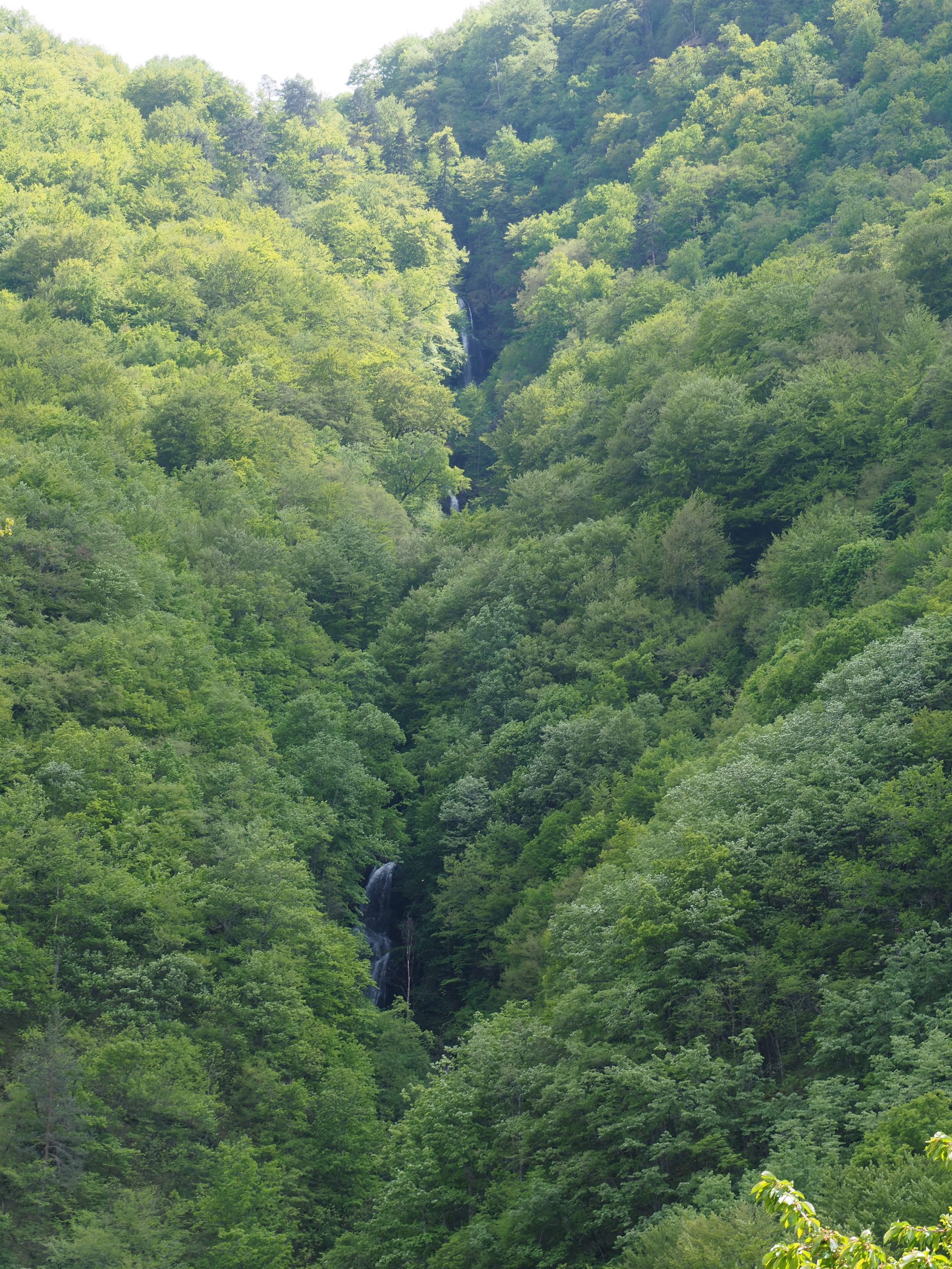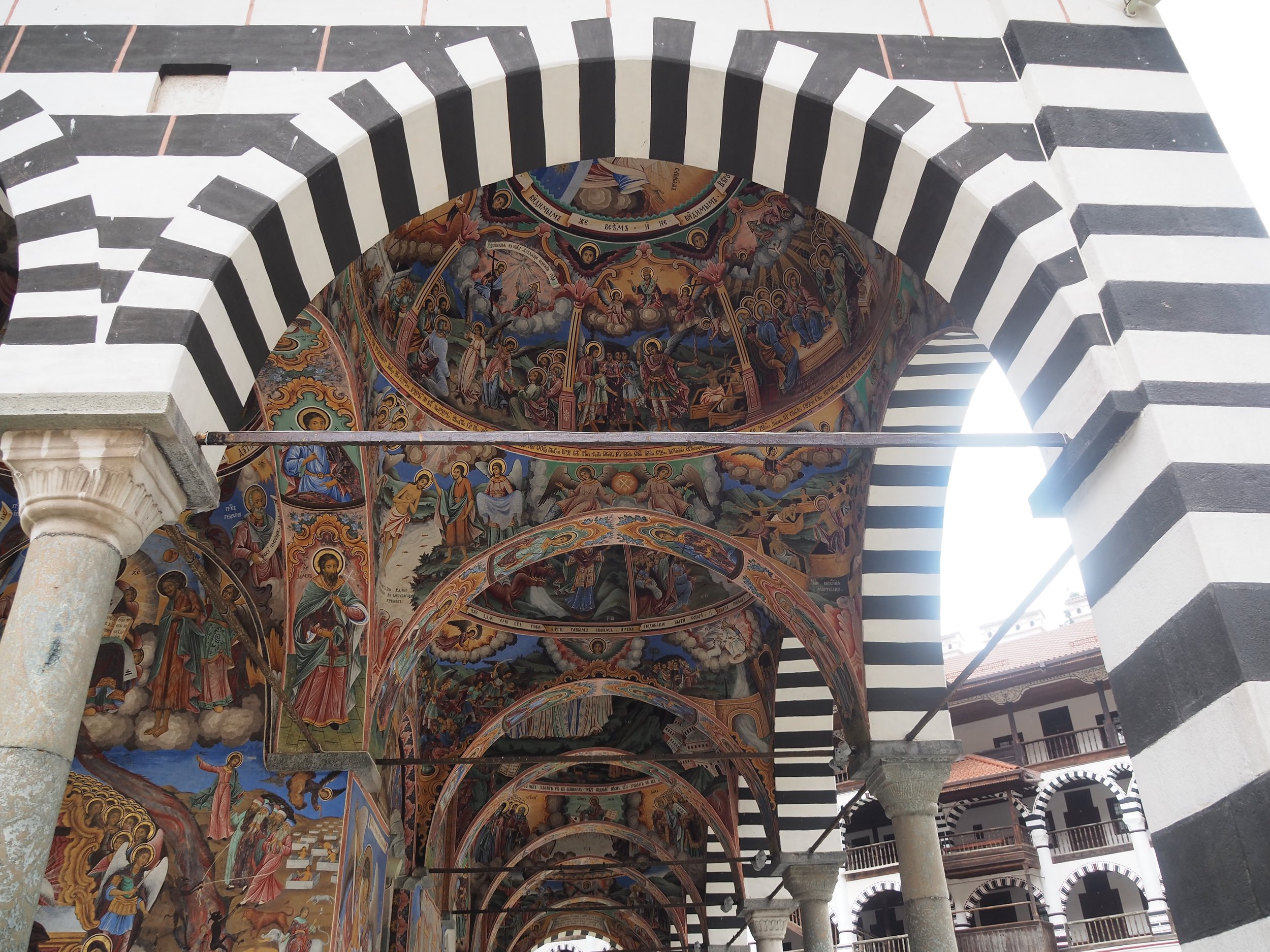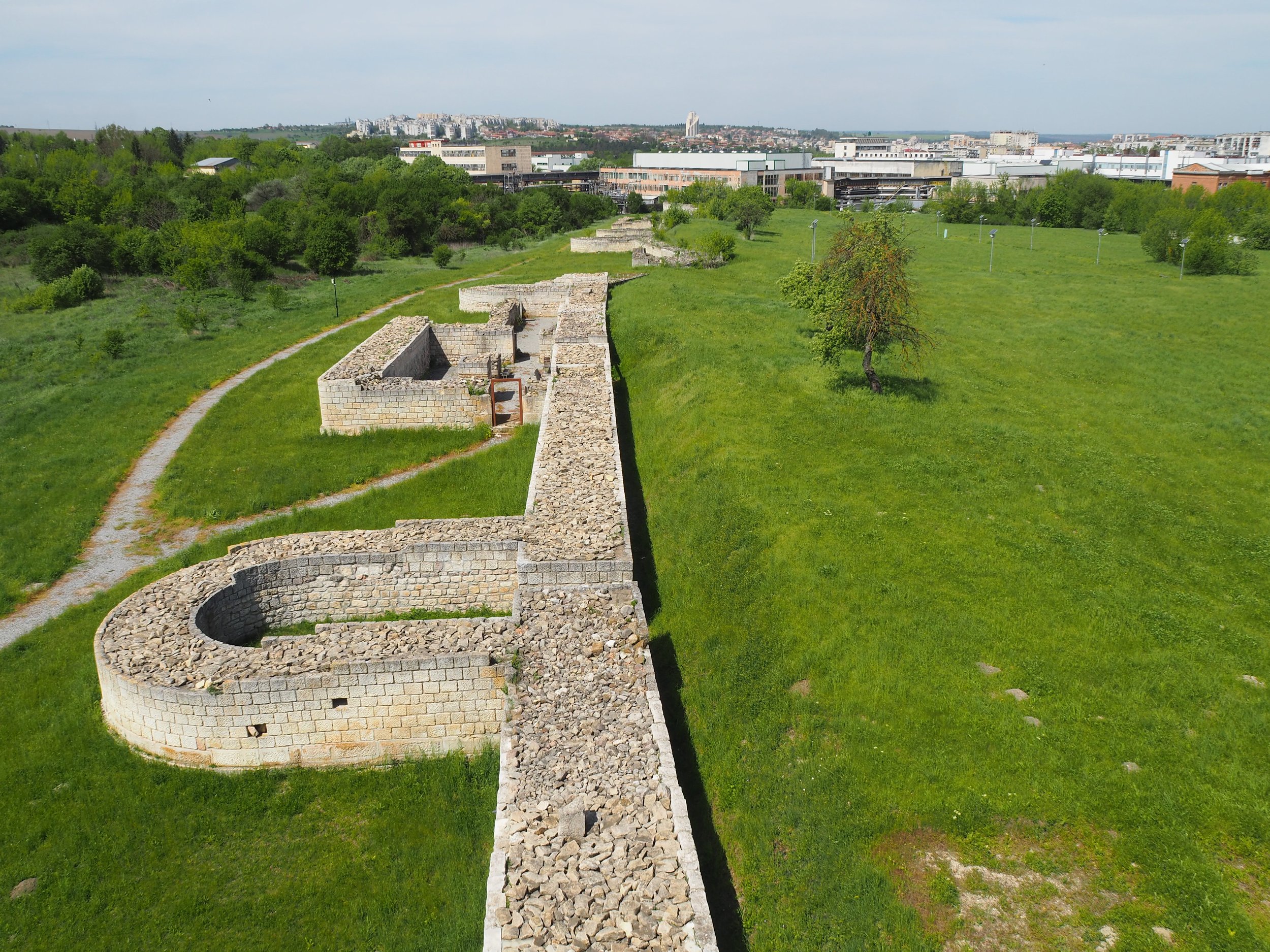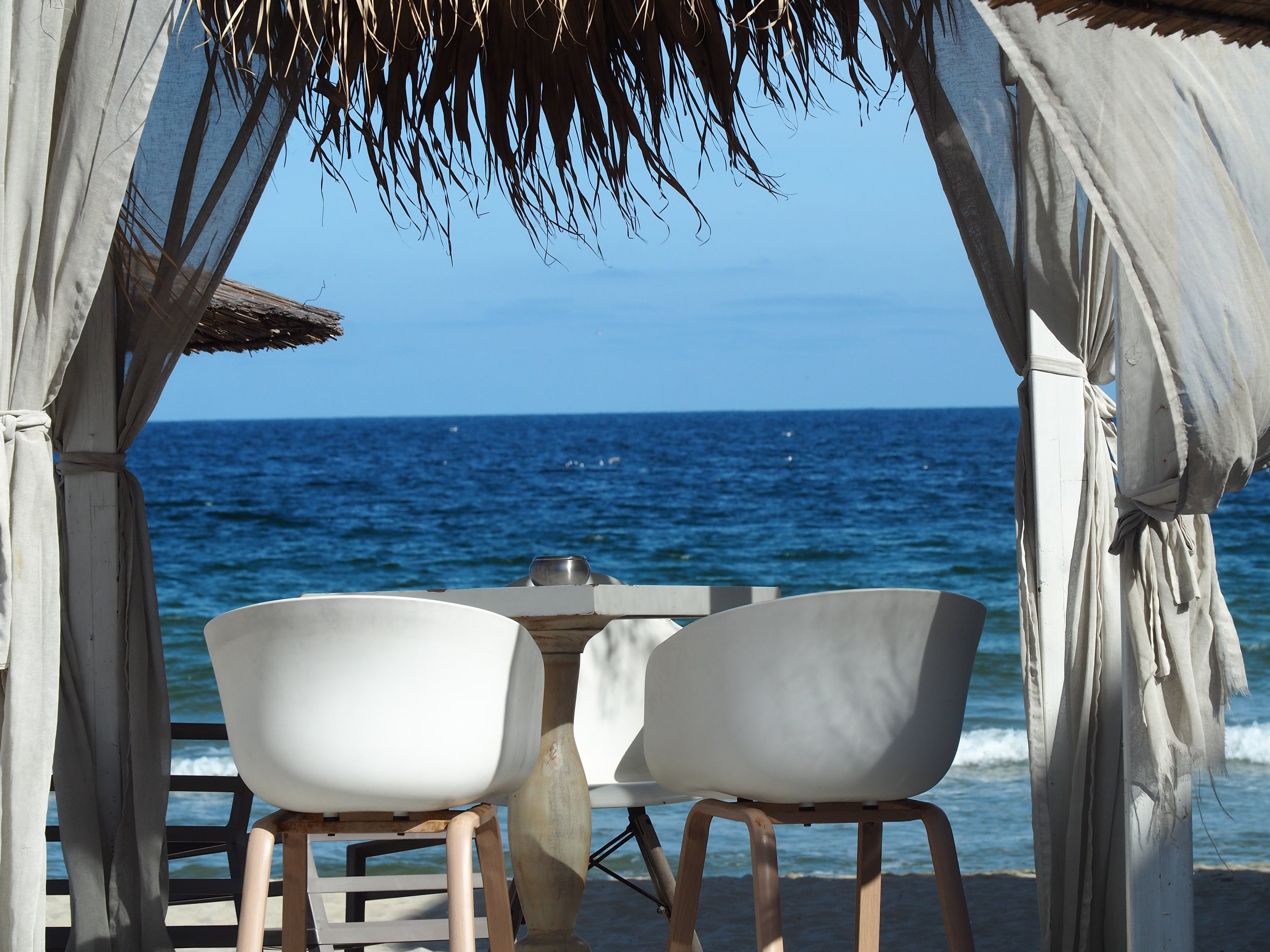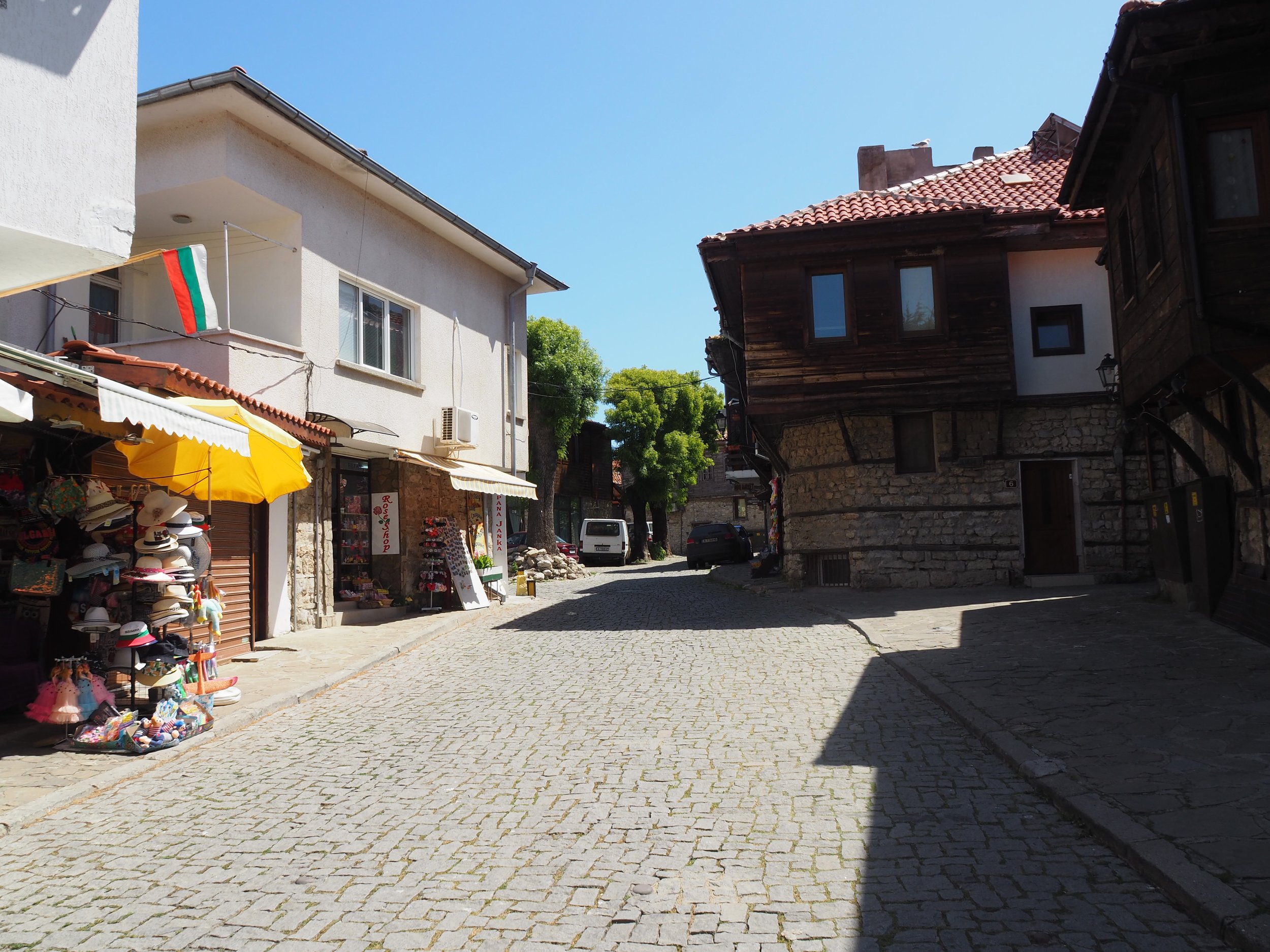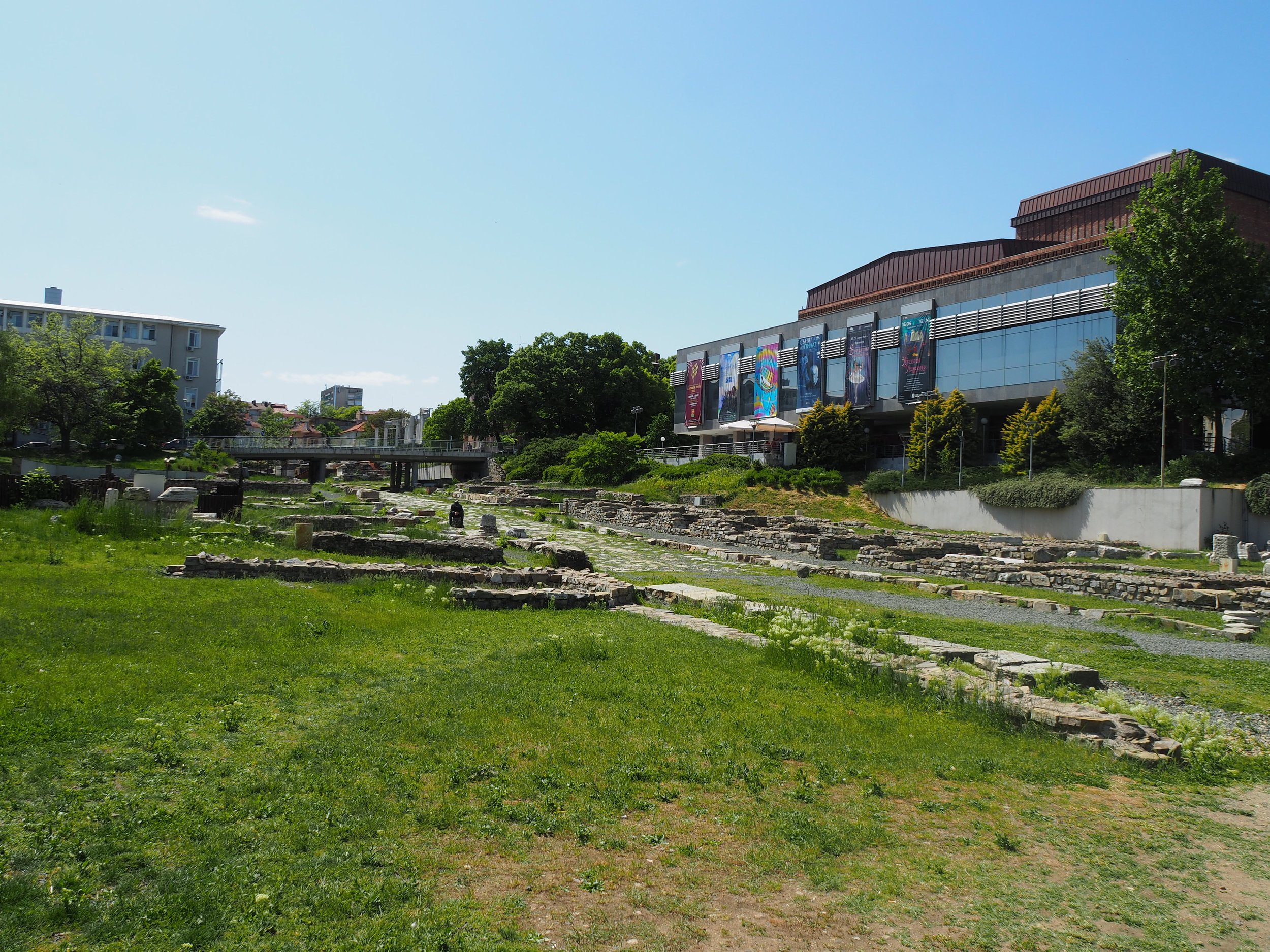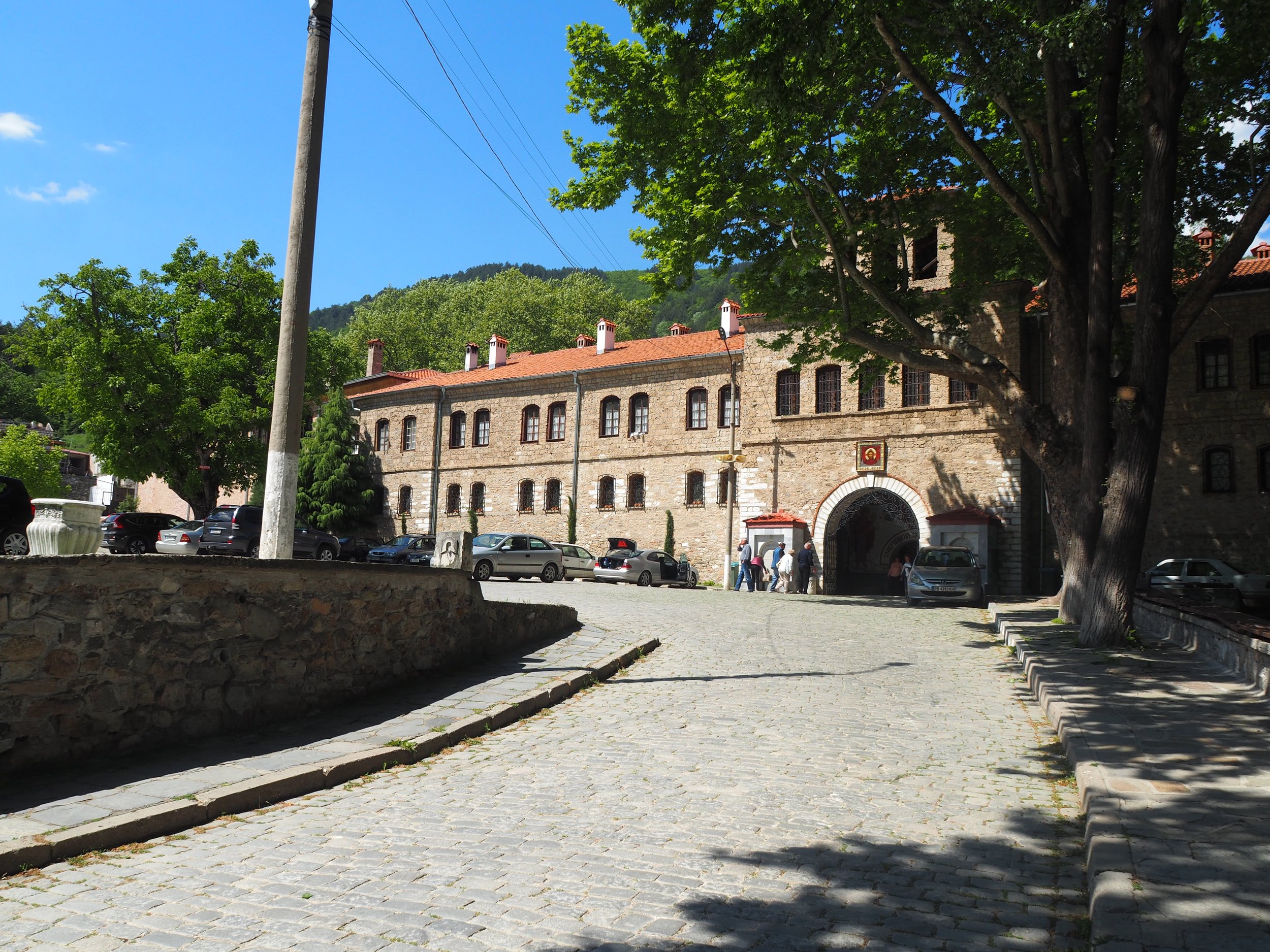Bulgaria 2022
So, this is our trip to Bulgaria. It’s so different from other trips we’ve done. I am excited to share this with you.
Welcome to Bulgaria!
I’m experimenting with my blog here and I’m going to try to upload more videos. Let’s see what works.
Sofia
The capitol of Bulgaria, this is an amazing city. Wide roads, lots of parks, and archaeology everywhere. This small city has quickly become one of my top 10 European cities. It’s pricey for Bulgaria, but that means that lunch at a good restaurant with a bottle of wine runs you around 60 bucks US, so that’s amazing. It’s just such a clean city.
Sveta Nedelya Church with the mountains in the background.




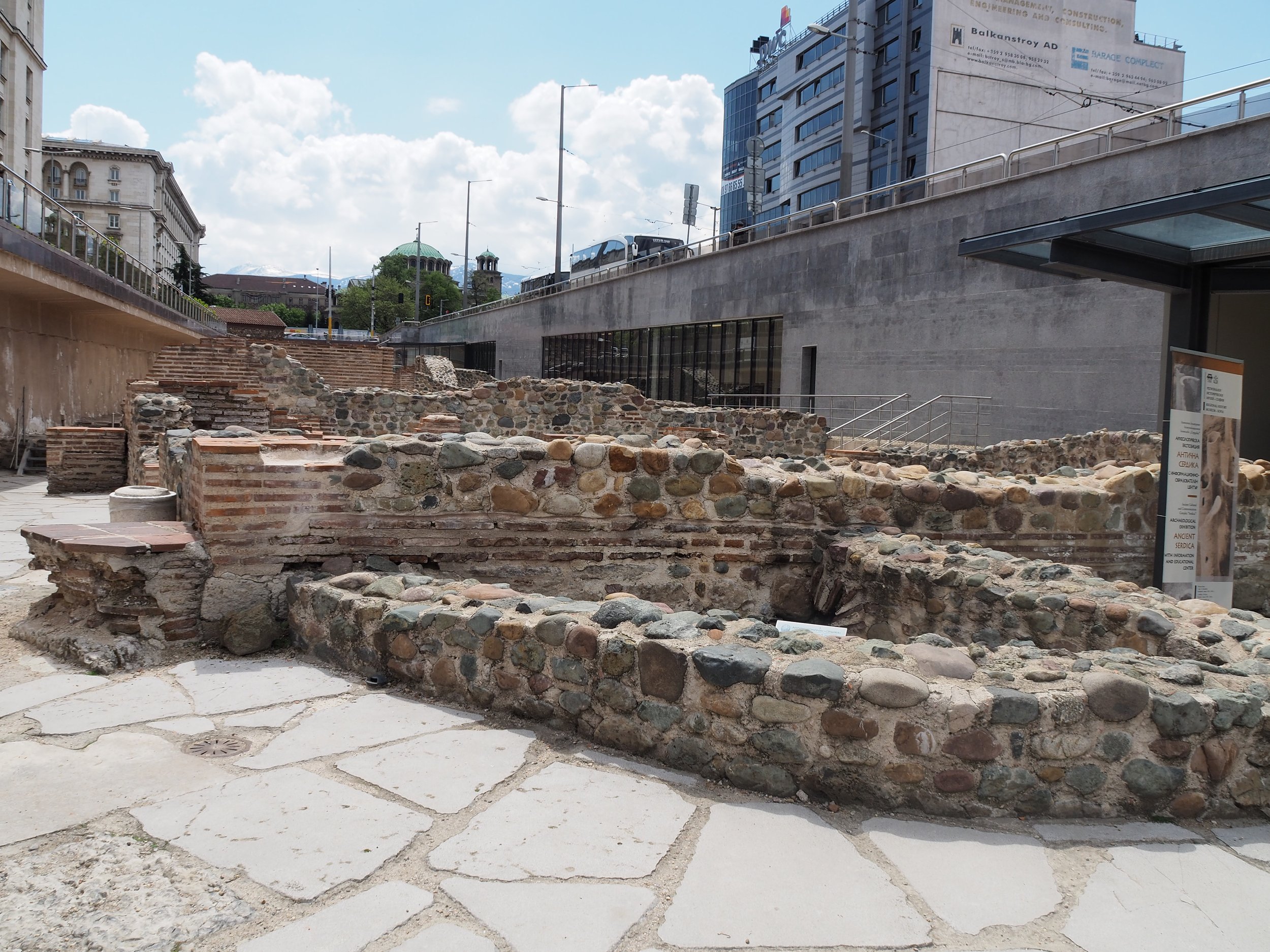

Sofia as a city dates back millennia. Founded before the Romans, it became a decently-sized Roman city named Serdica (or Serdika.) From the ruins in the city, this was a small Roman city. This wasn’t a Pompeii in size. The estimates are around 50,000 inhabitants, but that seems high based on what they’ve found.
Of course, this area was famous for the Thracians. Loosely organized horse tribes that interacted with the Greeks (especially along the coast), the whole of Bulgaria has been this amazing crossroads of cultures for such a long time. For that reason, there are tons of remains. They’ve excavated a lot of the former Roman city below the heart of the current city. Interestingly, while we know that Sofia/Serdica was populated continuously since the time of the Romans, they haven’t found the medieval city. While earthquakes have done damage, the lack of a medieval city that we know should be here is so interesting. There’s not much beyond some scattered pottery. And we know from documents that a city was here. But where did it go? Someone will find it someday.
And now we have the modern city. With churches that had been converted to mosques by the Ottoman Turks and then converted back by later Bulgarian governments, Sofia is an amazingly European-feeling city. Much of its architecture points to places like Vienna and Budapest. I think what struck me as most amazing is how lovely the buildings still are. Some have been repaired over the years but many of the central buildings are just perfect with no signs of damage on their lovely and often brightly-colored facades.


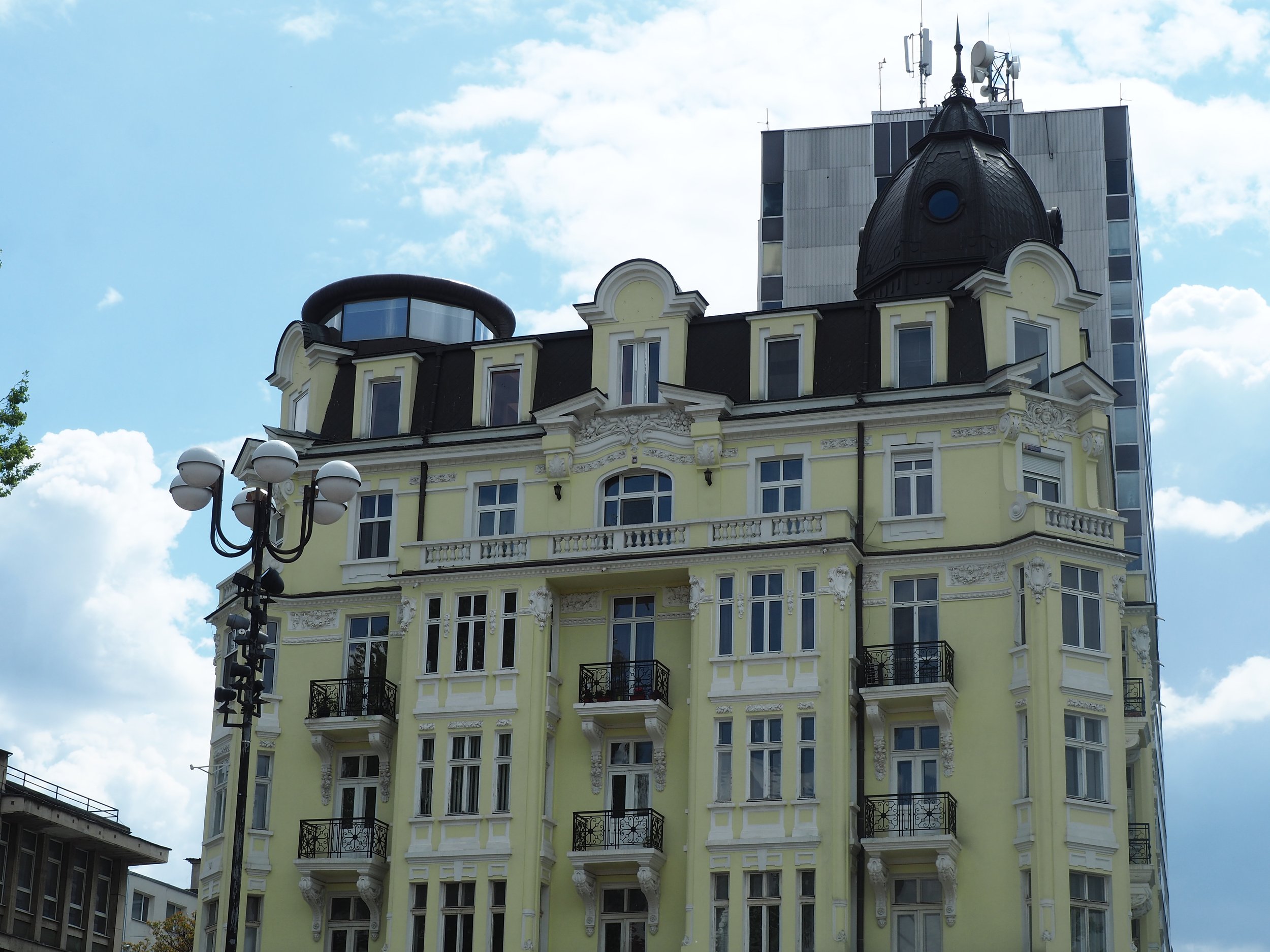





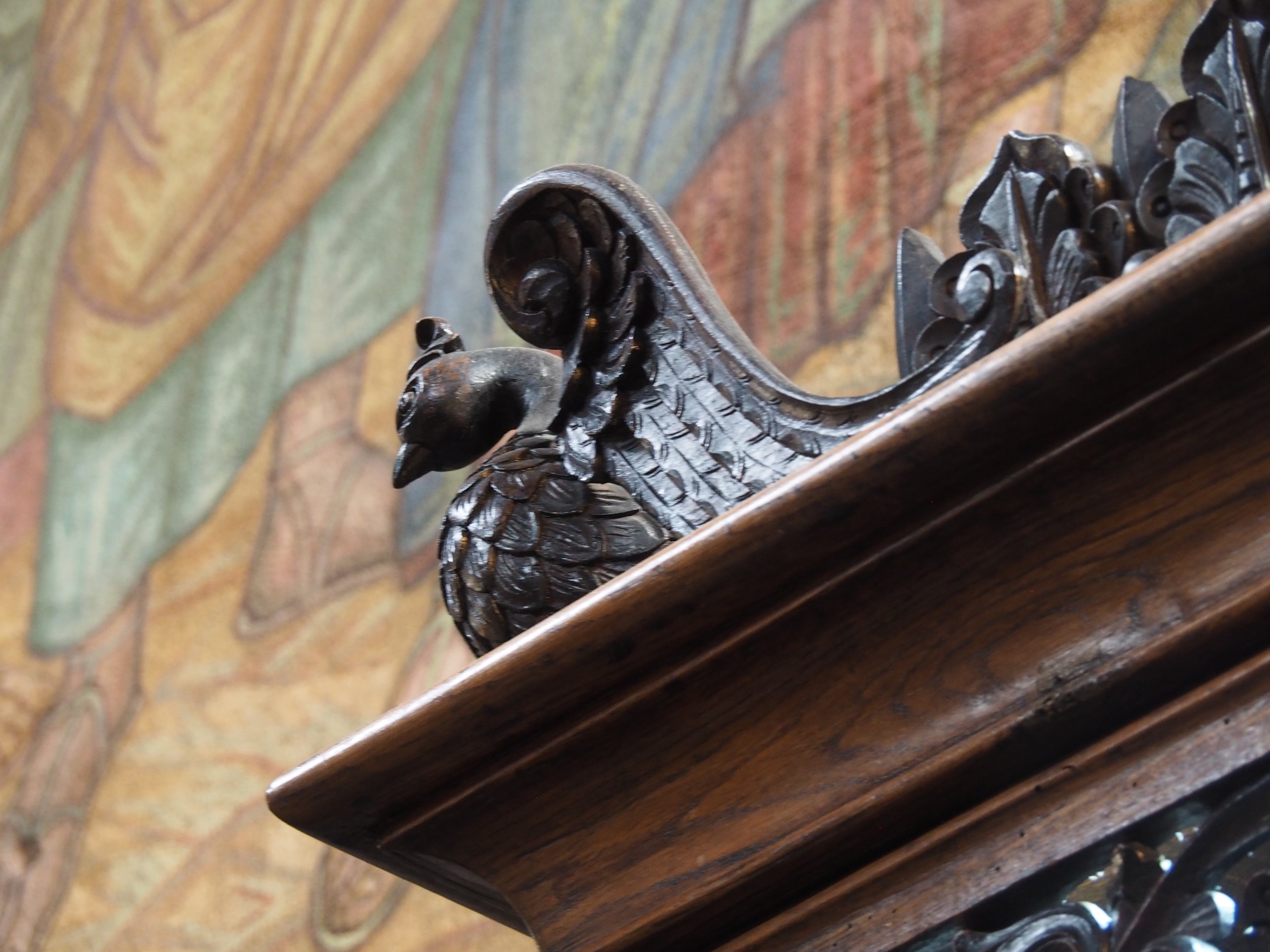
Recommendations
I guess I’ll start with the obvious. If you can, the Hotel Sofia Balkan is amazing to stay. I type this from their lobby bar while drinking amazing Bulgarian sparkling wine. My room overlooks archaeology. It’s incredibly centrally located. The rooms are amazing and have lovely tubs. Super high recommendation.
Today we were taken around the city by Mihail Raev with Tours by Locals. He was amazing! So knowledgeable. And friendly and interesting and great. We really enjoyed the tour.
If you’re visiting, there’s tons of archaeology see. We saw the Bulgarian Archaeological Museum today and it was fantastic. The temporary exhibits on the upper floors in particular are excellently done with comprehensive information that gives a clear picture of Bulgaria from pre-history to the middle ages. It’s a great start to the visit and has artifacts from all over.
After the archaeological museum, we went to the Ethnographic museum. It was a great companion to the archaeological museum. It gives you a sense of more modern Bulgarian culture, from their clothing styles (unique to each region with special touches specific to towns) and their industry. It’s a really nice way to see how the people of Bulgaria have lived in the modern age and understand what is important to the people here.
Sofia National History Museum
Amazing. An incredible museum that is absolutely well-worth your time!

















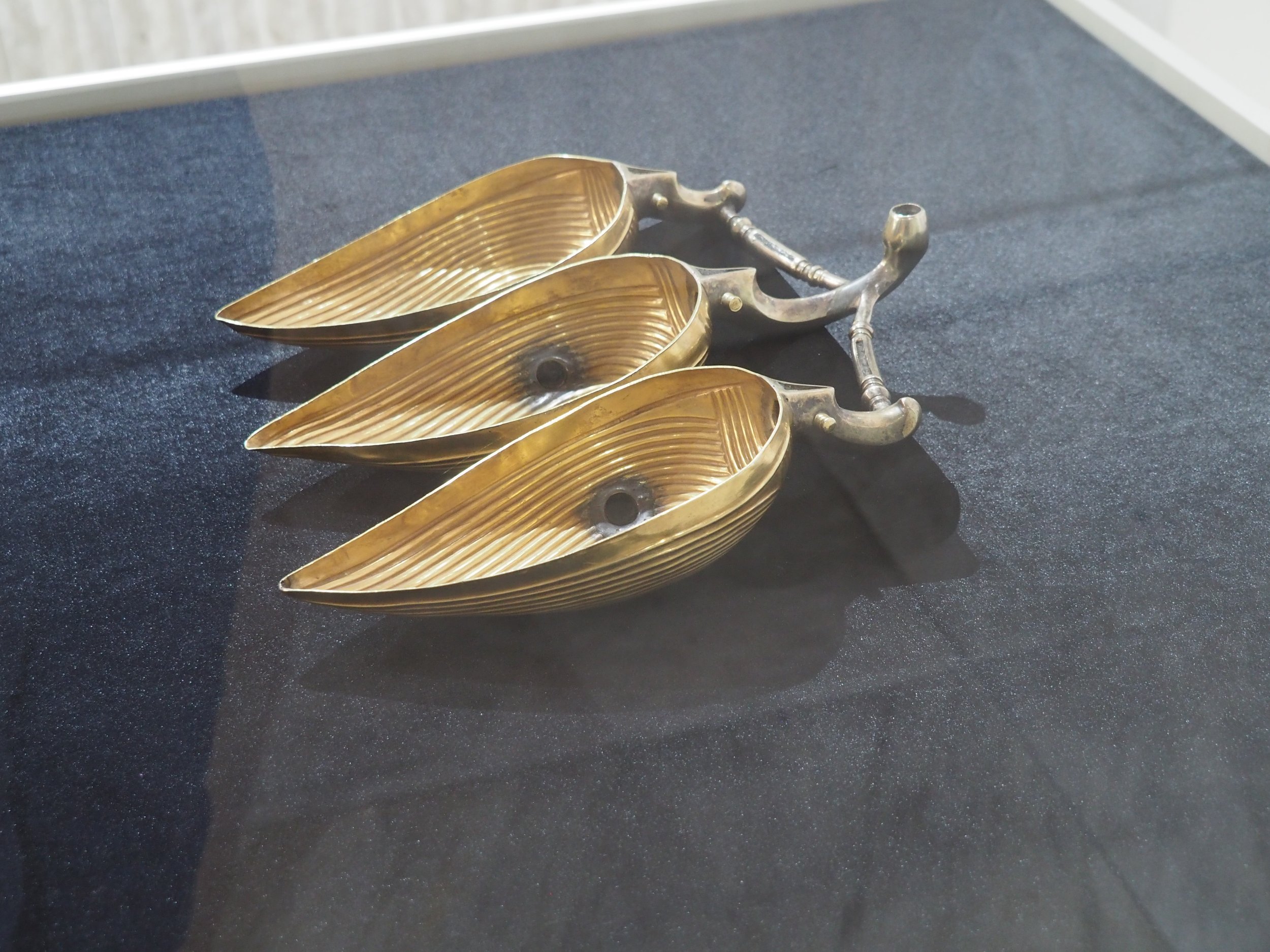








Magura Winery
So, this place was so amazing. It’s a winery in the northwest of the country where they age the wine (including naturally fermented sparkling wines) in a cave that’s part of a cave system where they’ve found paleolithic art! And our guide was incredible.
Check out their website at: https://magurawinery.bg/en/index
Oh, and that bat on their label? They’re in the “Bat Cave” and of course, Bulgaria is famous for its bats!
Make sure to call to book a tasting. We spent about $100 US for a wine tasting (about $10) and eight (8) bottles of wine. So worth it. But you either have to call or ask your concierge to call and make the appointment for you.
And unfortunately you can’t see the paleolithic drawings anymore. They had to close due to conservation issues.
For my video from Magura, go to:
https://youtube.com/shorts/lCQ09A9Q3ug










Belogradchik Fortress
About 30 minutes driving from Magura is the amazing Belogradchik Fortress. Such a view. It’s up in this incredible geological formation and has these views forever. Worth stopping in to this fortification that’s been used since the Roman times.
For my videos from Belogradchik, go to:
https://www.youtube.com/shorts/9JMBBDDaW7s
https://www.youtube.com/watch?v=tdrJlazxHEI&ab_channel=CGioiello


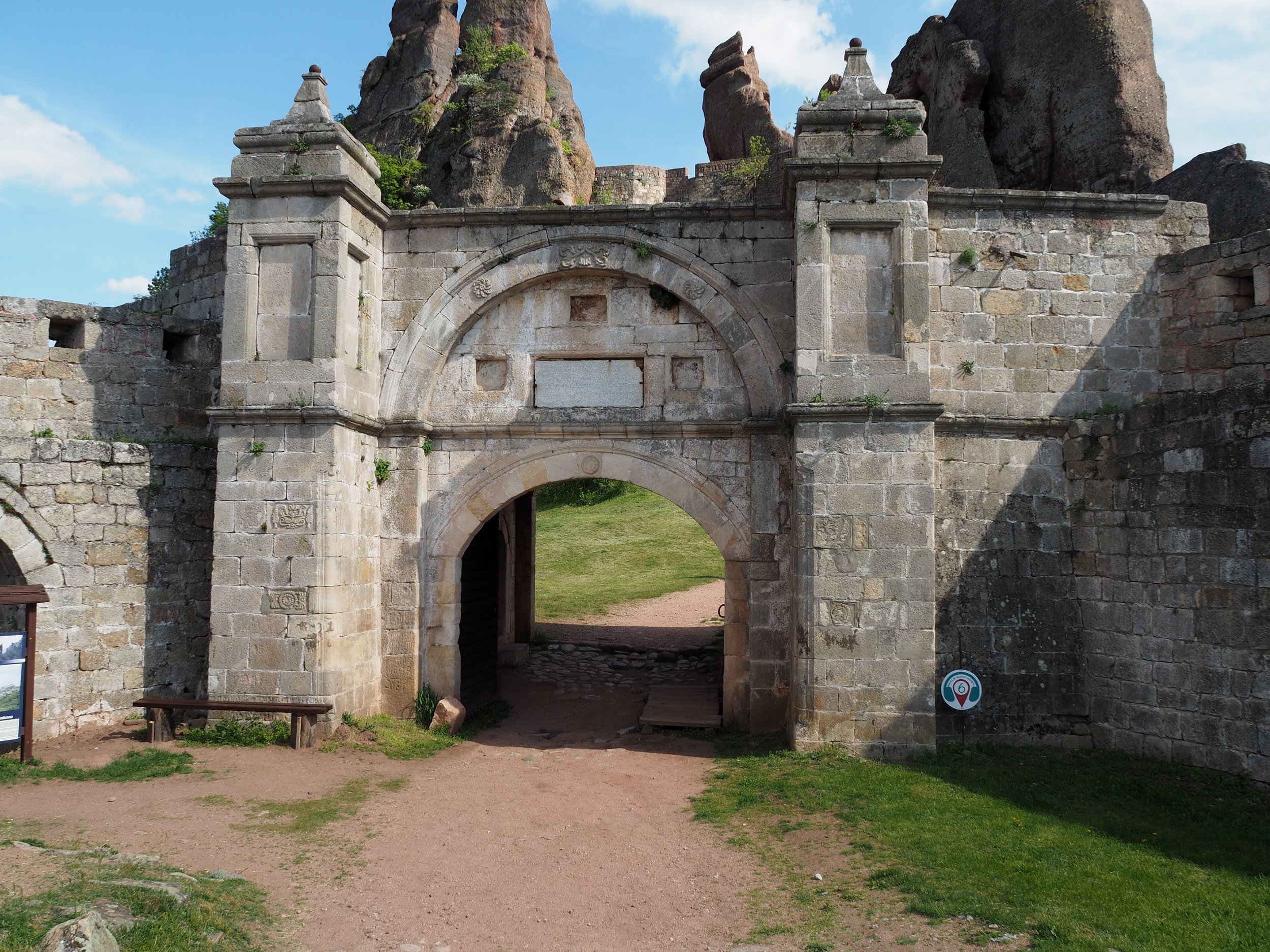










Ulpia Oescus Roman Ruins
A tiny Roman site way off the beaten path in north-central Bulgaria, this was an interesting find. It’s really overgrown but clearly there is someone doing work at the site. There is just a gate with a ribbon keeping it closed and a path that meanders through the tall grasses. It was cute!





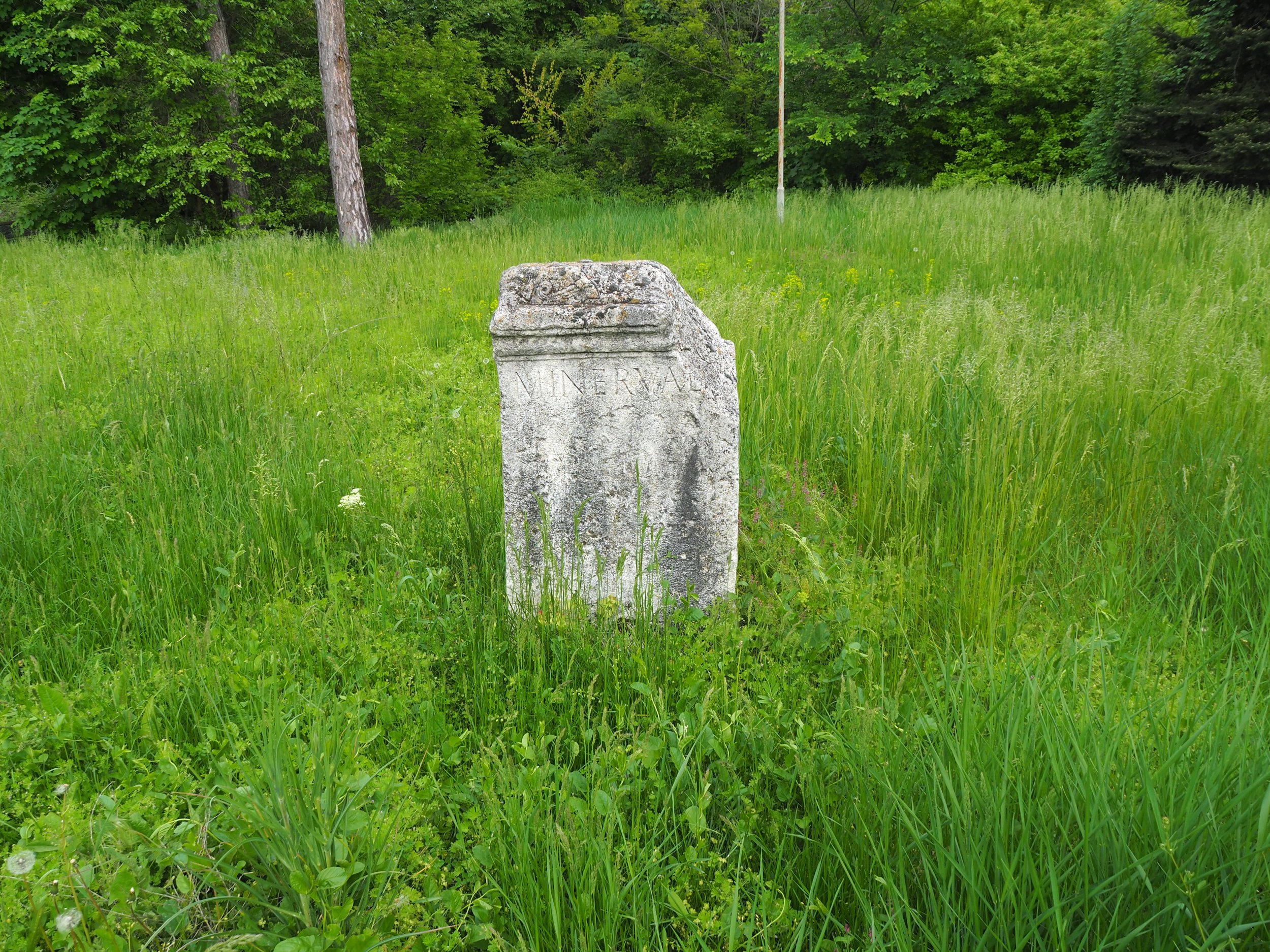
Ruse
Pronounced Rose, this is such a cute city! There’s an amazing pedestrian center surrounded by Viennese-style buildings dating to the late 1800’s. We stayed at the Riga hotel overlooking the Danube and it was great. We had dinner and a river-view restaurant called Terrasse and it was amazing. Such a great little city. I’d definitely come back here.













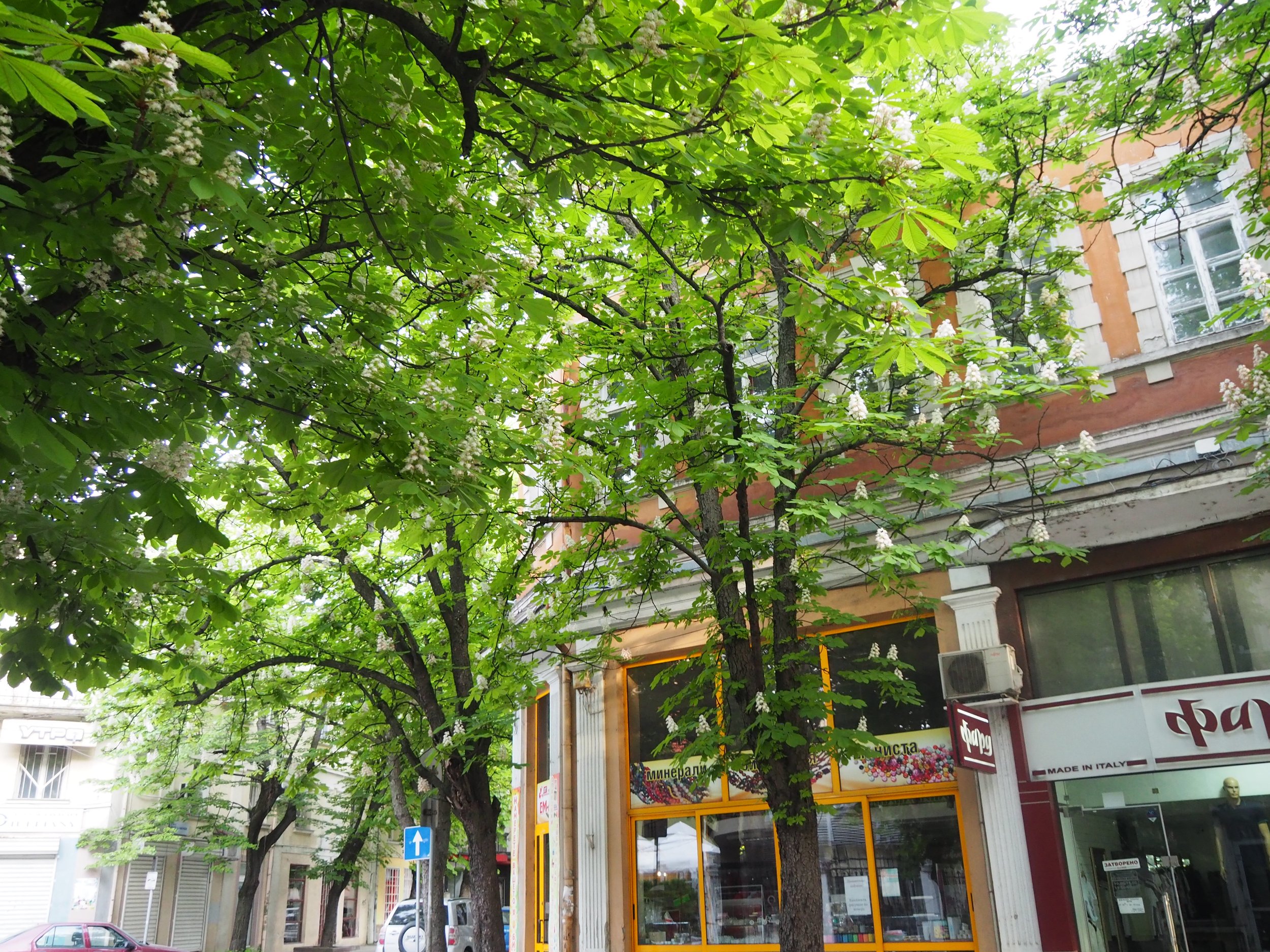


Thracian Tomb of Svestari
The pictures look incredible, but unfortunately it is not open at this time. However, if you make your way to it, you can wander around the site and see the impressive size of the mounds. There is also a Thracian walled city nearby which gives context to these multiple burial mounds.
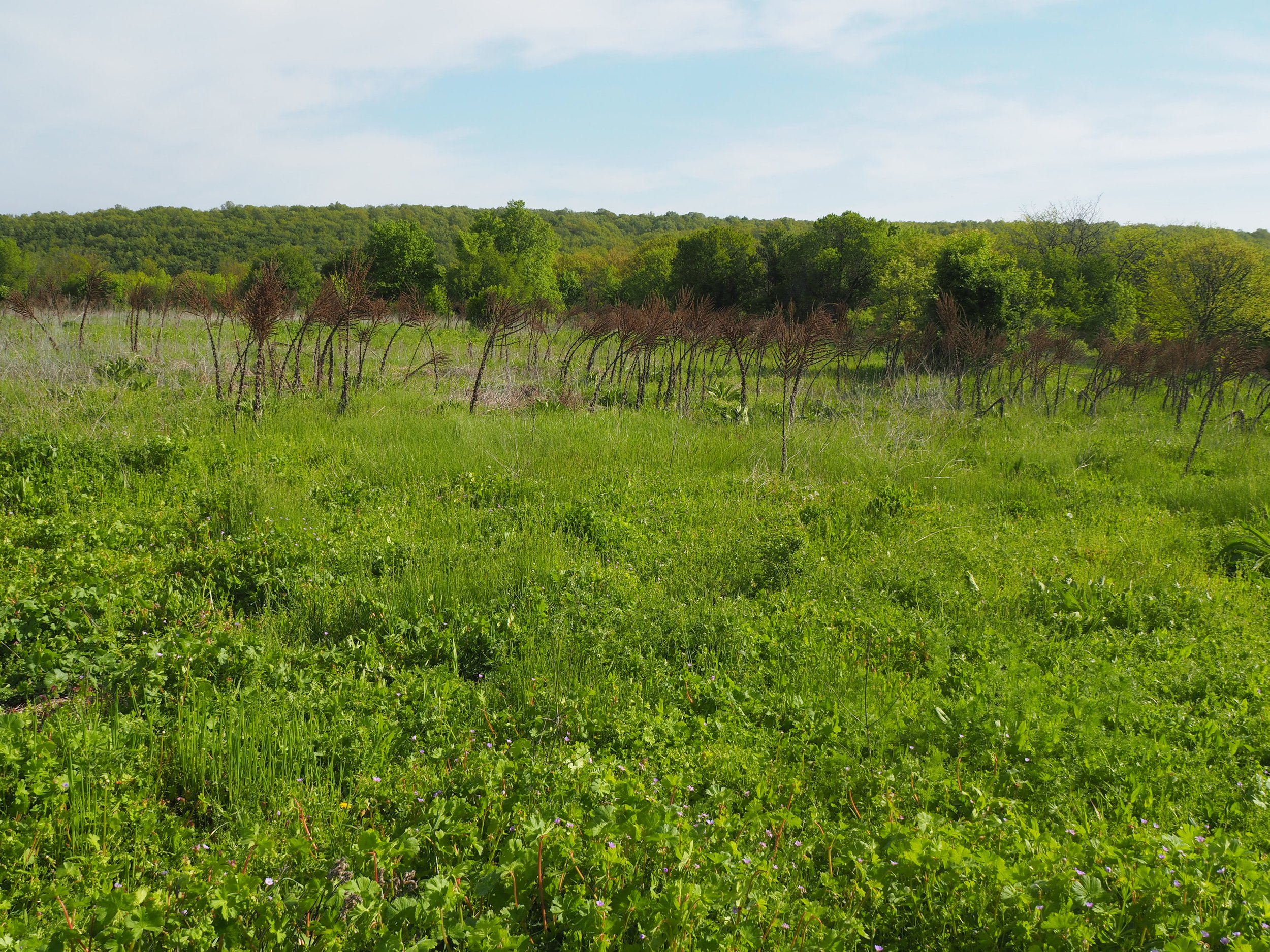








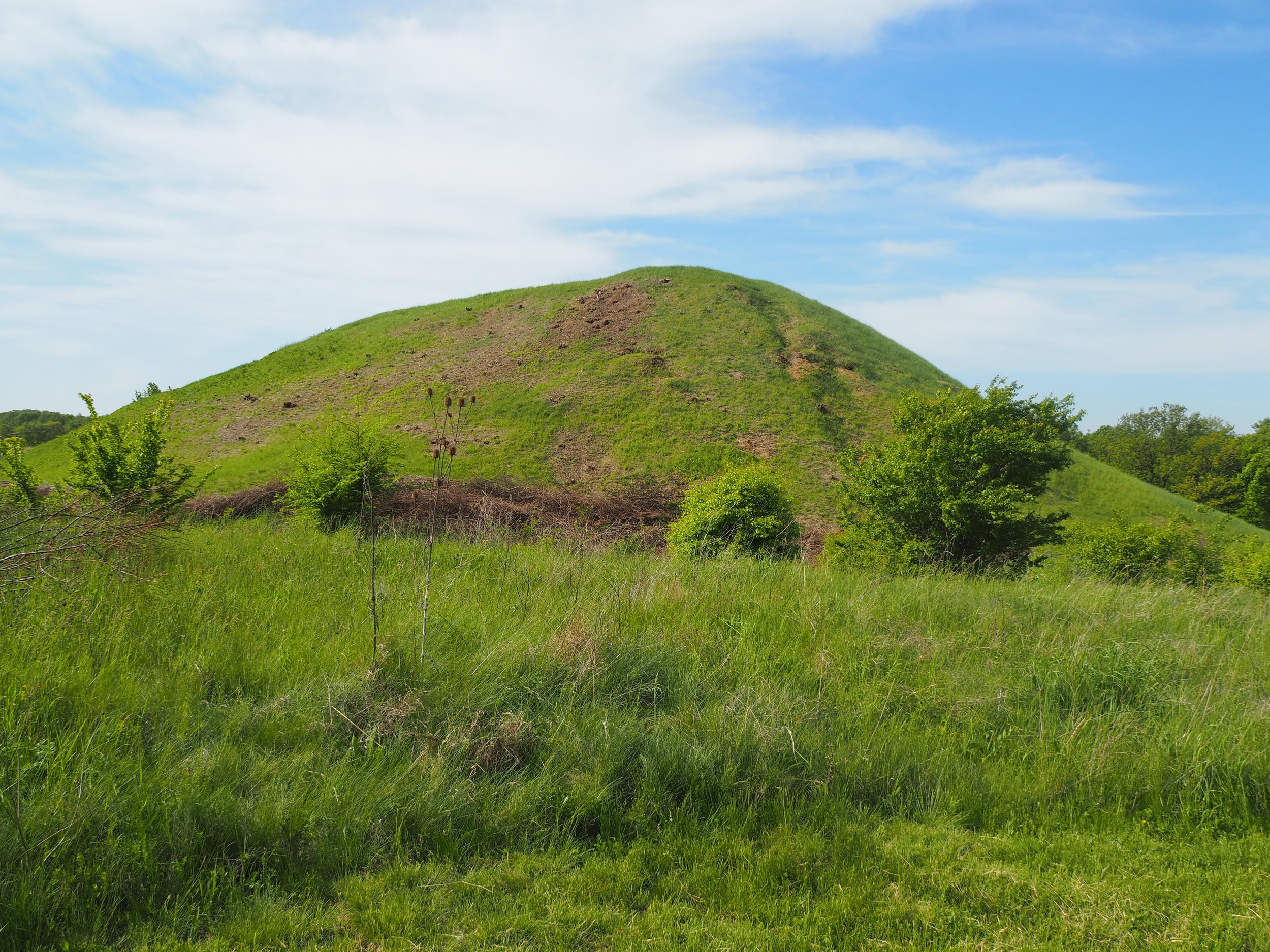
Abritus
So this was quite a surprise. I was expecting another Novae if not an Ulpia Oescus, but this is quite the site! There is a really nice little museum, that we were given a tour of which was wonderful, and a huge outdoor space with a number of well-done reconstructions. Absolutely worth visiting. Abritus was one of the many cities in this area that was originally built as a retirement home for soldiers (these were from Spain.) But it was settled and destroyed multiple times and so there are remains of multiple periods. Very interesting and their museum and guide were very informative.
They also have very clean restrooms that they will unlock for you if you look a little lost. Oh, and they have Abritus wine!






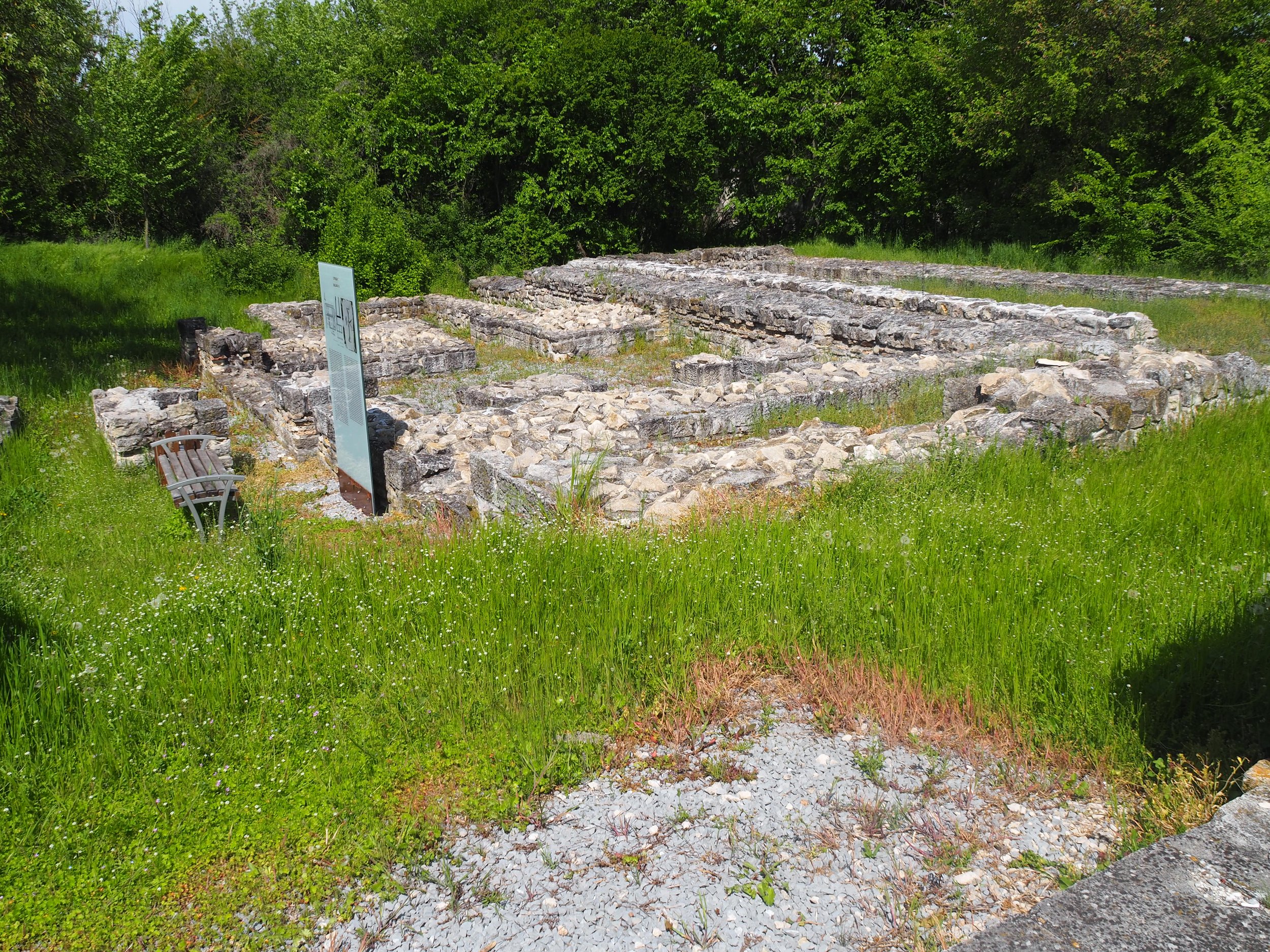



The Madara Horseman
I’m really glad our guide in Sofia recommended that we stop by here. This is such a cool site. Up on the side of a cliff, someone carved a large image reminiscent of the Thracian Horseman, a cult figure that was popular here during Roman times. It is frequently found decorating funerary stele and is meant to represent a figure who brings the souls of the dead to the afterlife. This carving is early medieval, but does seem similar.
This is a very popular site. There is a small parking lot, but most parking is on the street. It has a bit of a village built around the entrance with souvenir shops and a couple cafes. The park is quite extensive and includes remains of buildings, caves, and lovely walking trails. If you have time to stop in, I highly recommend it.






Ovech Fortress
A bit south of Abritus and east of the Madras Horseman, this is a cliff-top fortress that offers stunning views. While the information at the site is spotty, according to the map there are remains going back to the Thracians, Roman fortresses, and a church. The remains of the church are easy to see as you can see where they cut into the rock to create tombs. The views are quite impressive. It’s a bit of a challenge to get here. There is limited street parking past the entrance on a very narrow road. Then it’s a bit of a hike up to either a spiral staircase or a set of very narrow traditional stairs. It’s a lovely place to visit.




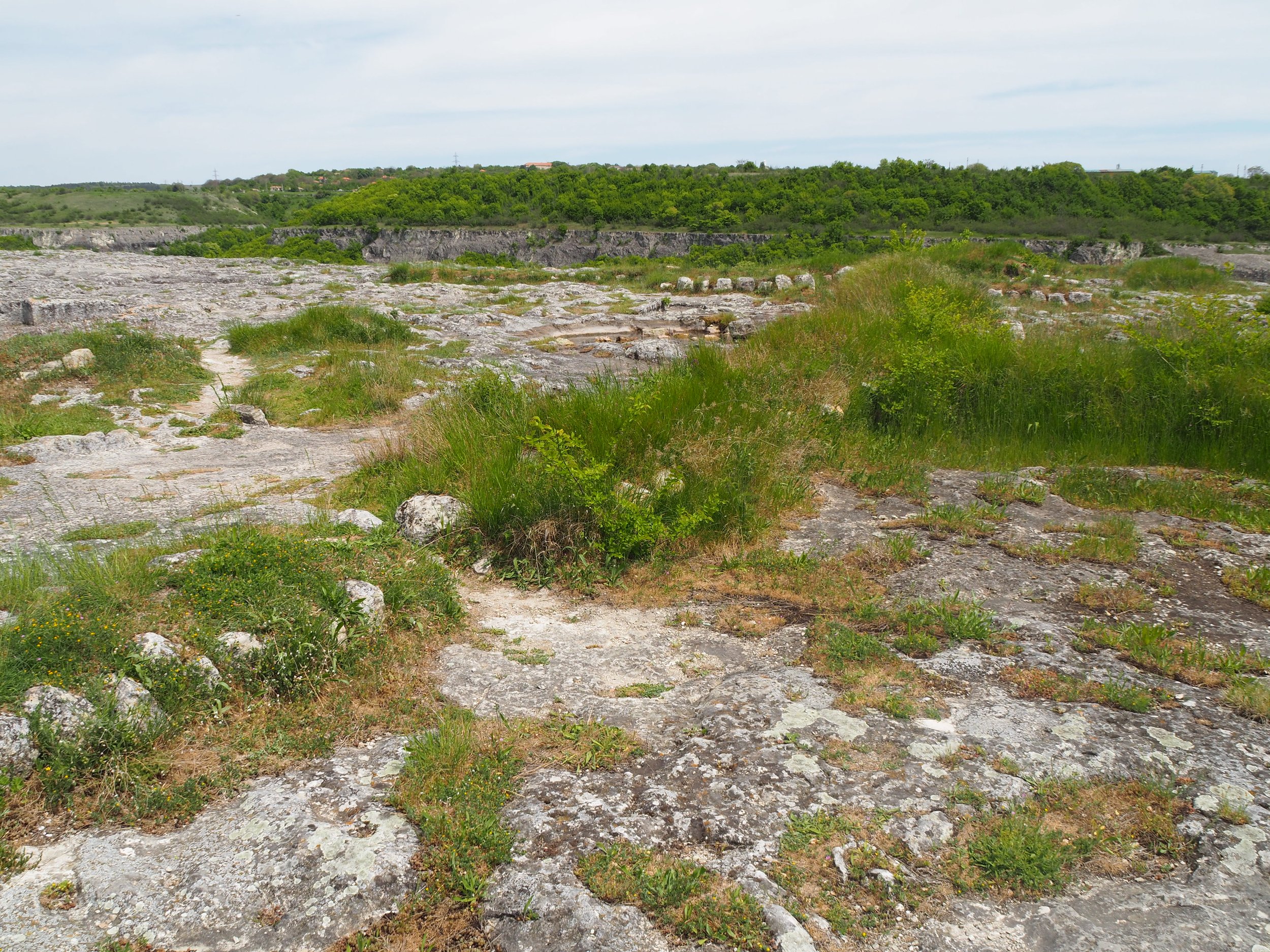
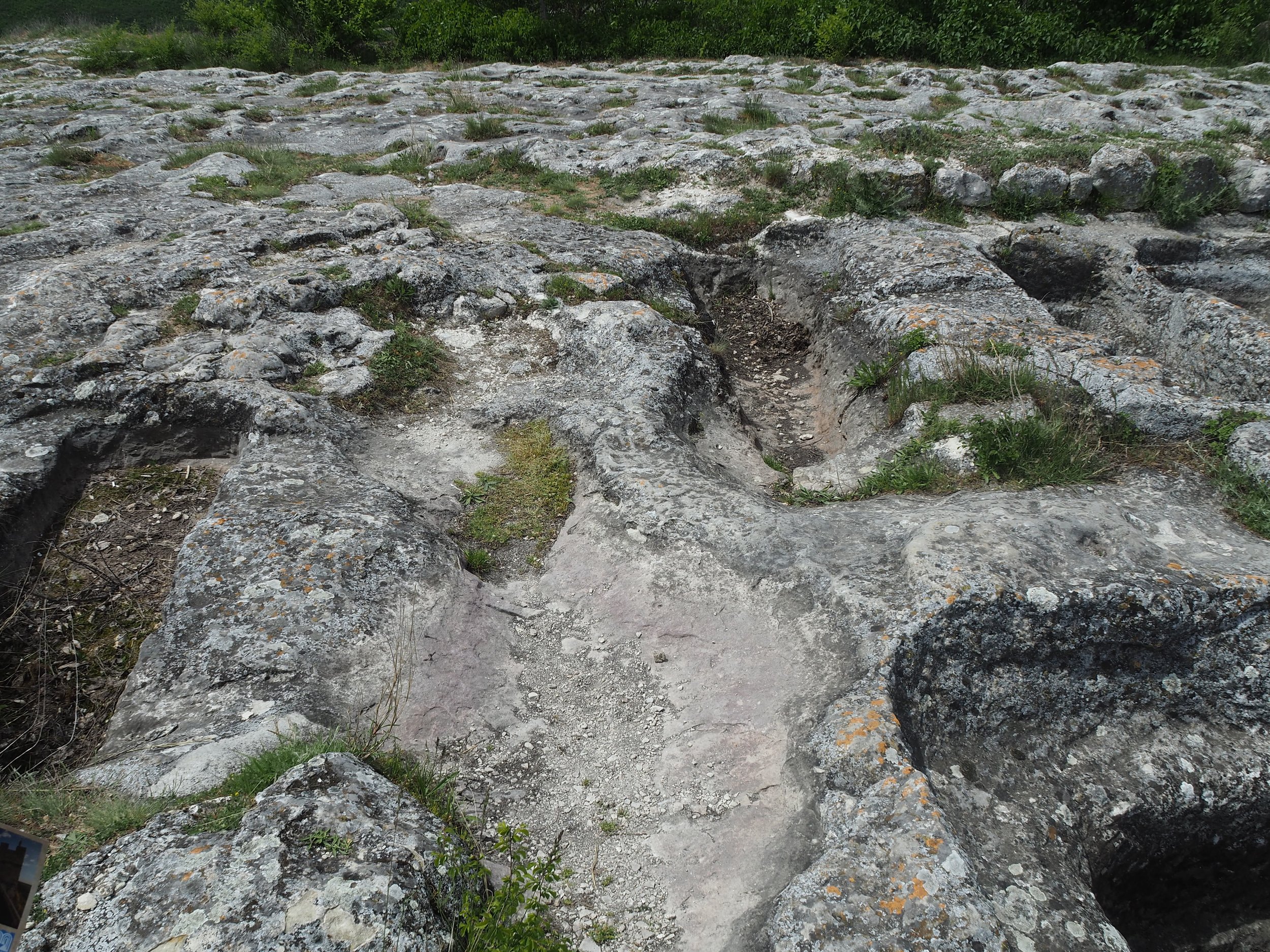



Varna
This coastal city on the Black Sea was originally founded as a Greek colony (Odessos), but has a history reaching much farther back. Possibly the most famous thing about Varna is that it is the site of the earliest found worked gold in the world. This gold is over 6000 years old and displays a level of skill that belies its age. It is also the site of the fourth largest discovered Roman baths in the world. So, this is an absolute must if you are visiting Bulgaria as an archaeo-tourist. And of course, it is quite famous for its beaches, so if that’s more your speed, it’s also a great place to go.
I hesitated on which photo to use, but this one is so perfect, I had to make it my “Varna” photo.




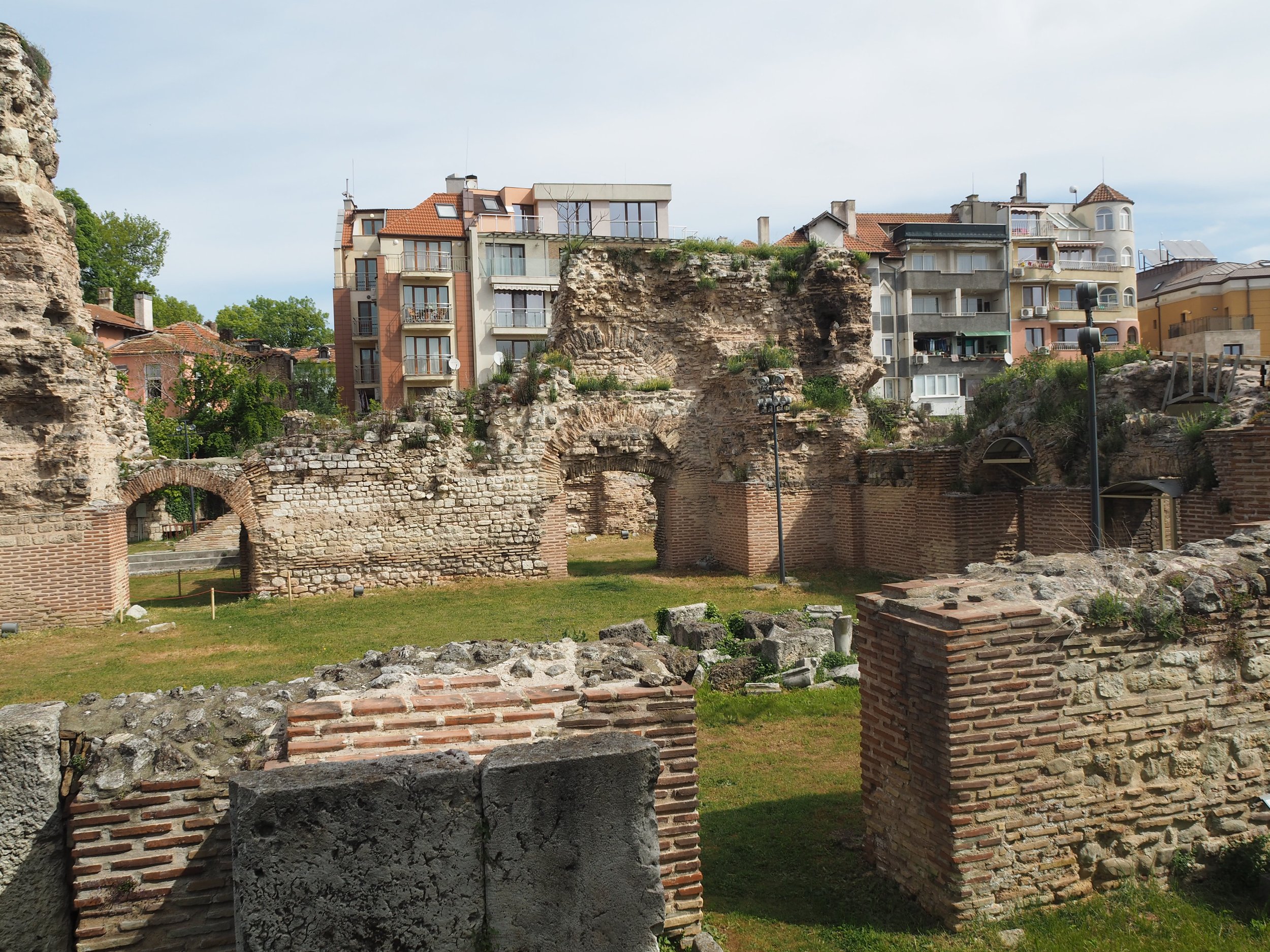





Varna is one of the largest cities in Bulgaria. The city itself sprawls around the main pedestrian center and is very easy to navigate. The interior of the city is where you can find remnants of the Roman city, with the baths, walls, and other bits under the city. Most of the buildings are of the Viennese-style dating to the late 1800’s/early 1900’s. These beautifully-colored buildings line the heart of town and make it a very pleasant place to wander.
Along the coast you will find a huge park called the Sea Garden. It sits overlooking the vast Black Sea beaches and contains a number of landmarks, like the Varna Zoo, Varna Aquarium, Dolphinarium, and Naval museum. It’s a lovely place to wander and has lots to keep you busy.
The beachfront is packed with restaurants, bars, and nightclubs. The space is not as busy in the spring, but I’m sure it’s packed in the summer. The area can be a bit cool in the Spring, and quite windy, but I’ll take that over the heat and crowds of the summer. Although it wasn’t as busy, everything seemed open.
This is a city where the people really care. They have a system in place where if you own one of those buildings along the main streets and pay to improve the front, you don’t have to pay taxes. This offers an incentive to those who live along the main streets to make the city beautiful. And when they have open space, they have chosen to make these spaces public and for the enjoyment of all the people who visit Varna. It’s a great city and well worth the trip.
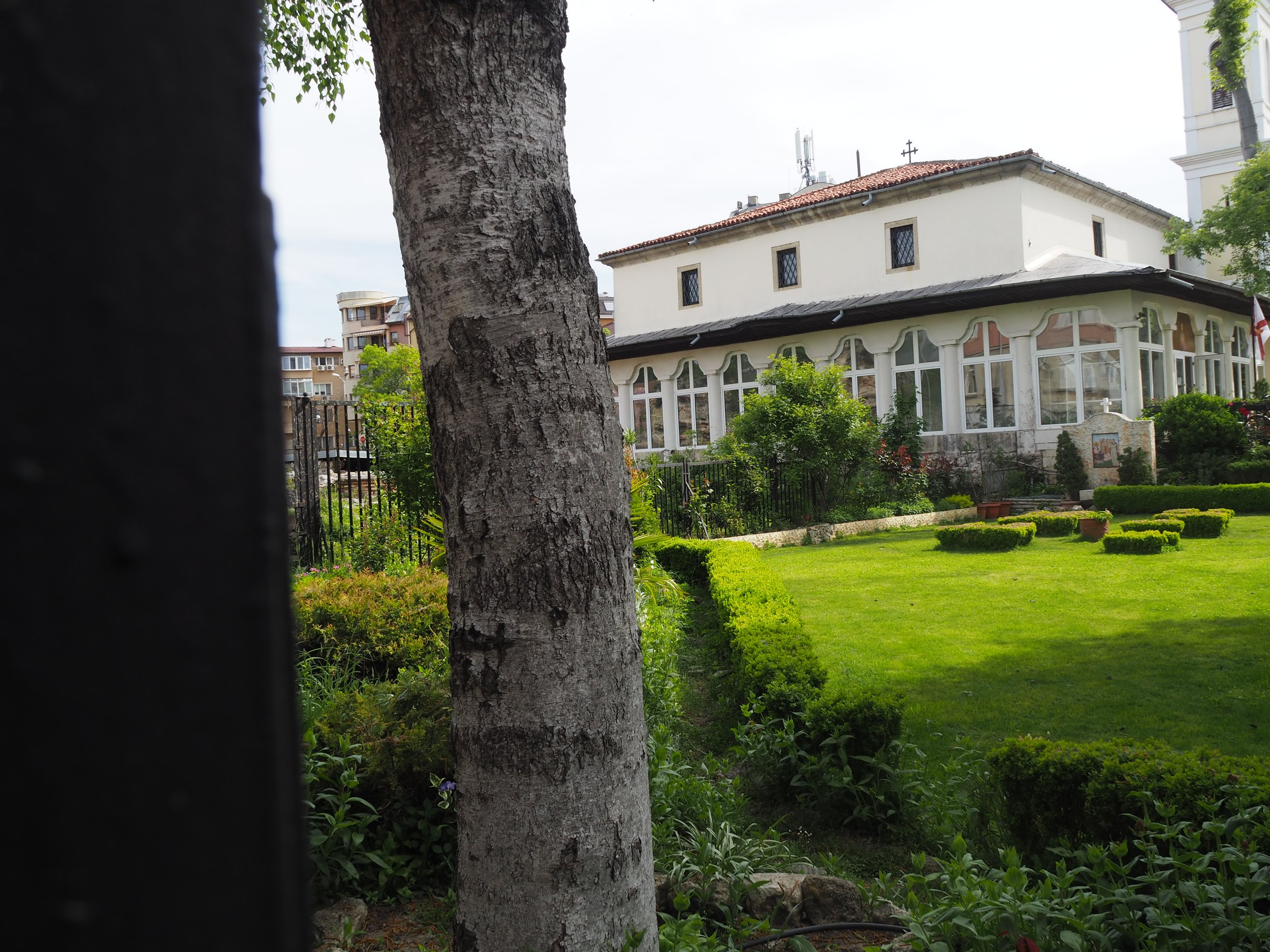






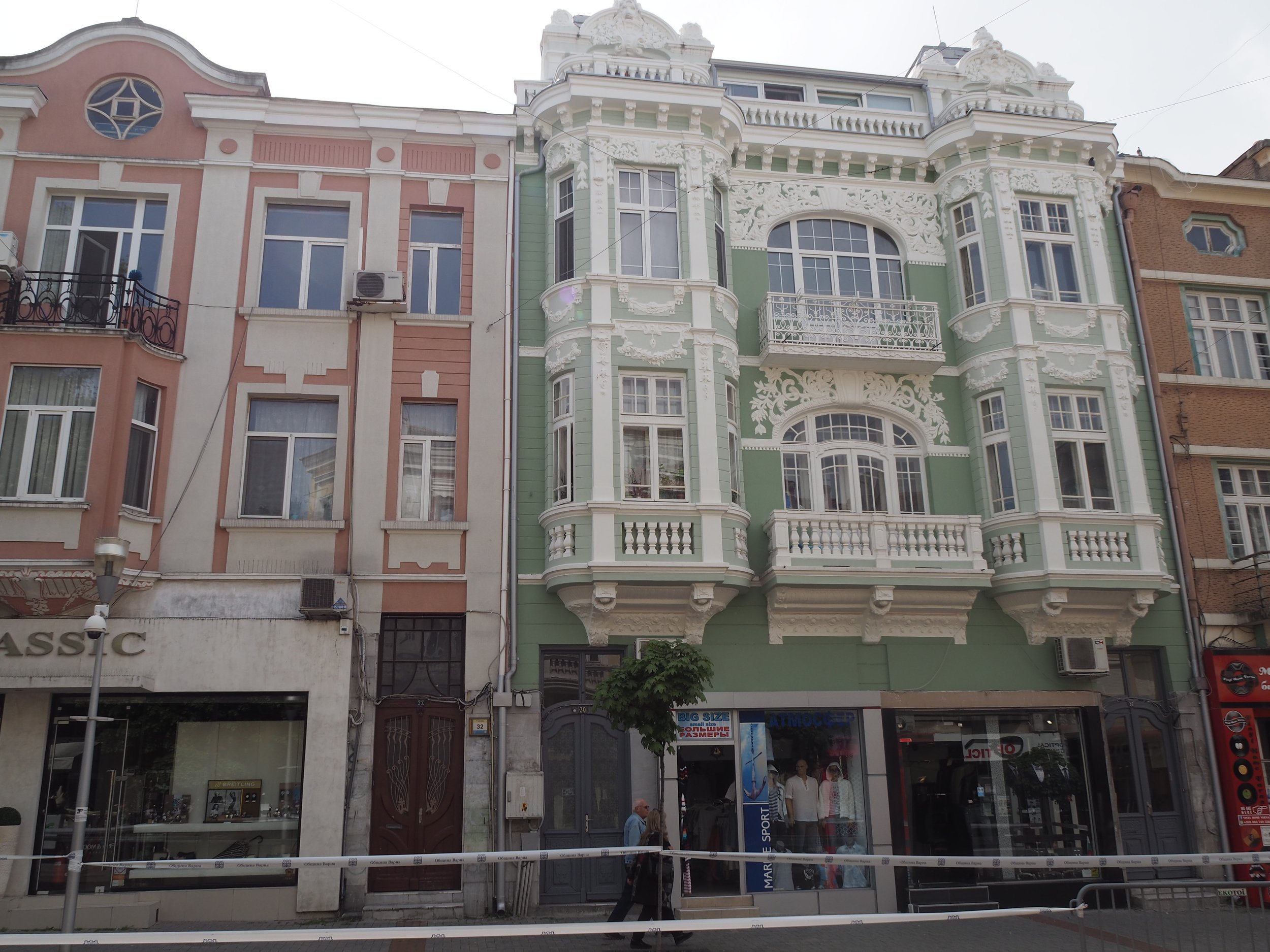

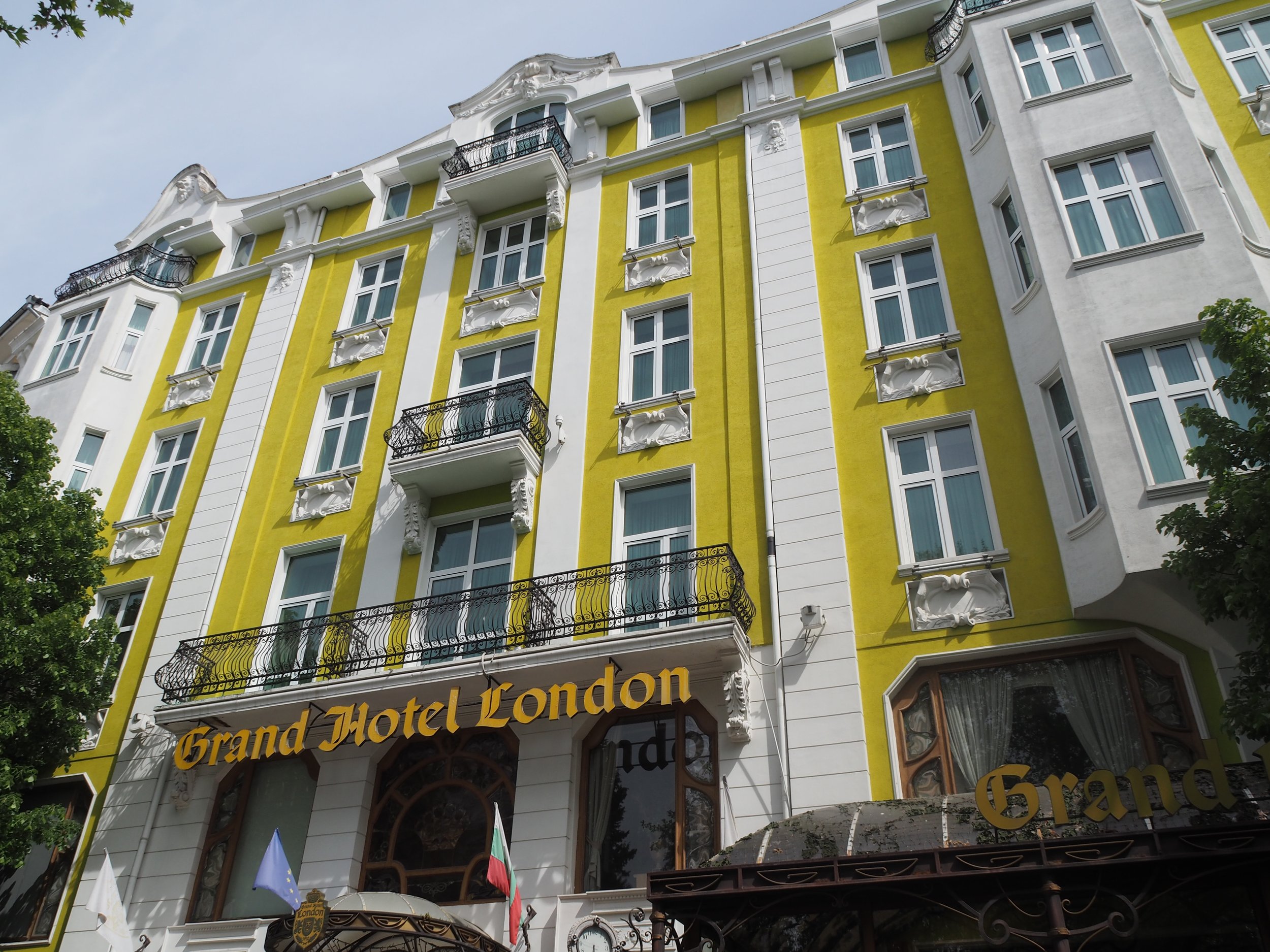




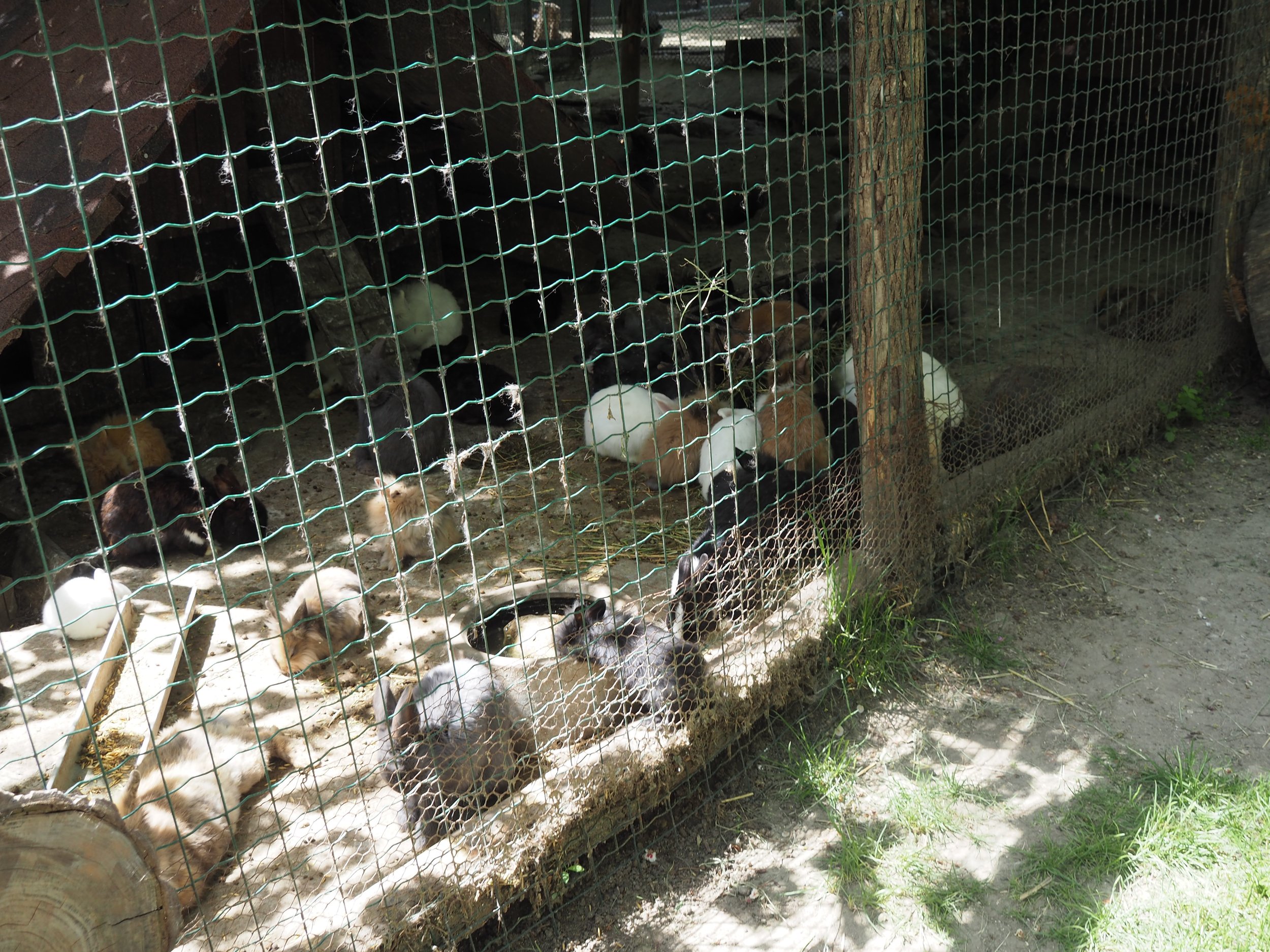
Recommendations
The biggest choice to make is where you want to stay. We stayed at the Hotel Panorama, which overlooks the Black Sea. It was convenient to access the Sea Garden and the waterfront, but there are some lovely hotels in the heart of the city. One of the big issues is parking, and our hotel did have parking below the hotel and that made it much easier (contact them ahead to reserve your parking, though.)
For restaurants, a few recommendations. Staria Chinar, right in the port, was excellent. We had some appetizers there along with excellent wine, but their dinner menu looked amazing as well. We ended up having dinner at Mr Baba, in the boat next to the port. It looks super touristy, but the food was actually really good and the service was excellent. Make a reservation there, though, if it’s busy. We were able to get a table, but it’s clearly quite popular. We had dinner the second night at the Morsko Casino. It was very quiet (it was a Sunday in the off-season) but the staff were incredibly friendly and the food was excellent. I highly recommend it.
We had a tour through Tours By Locals. Our guide, Hristina, continued the excellence of those guides. She was incredible. She wanted to make sure we saw the Museum, so she actually split our tour in two. We did the Museum on Saturday (before it closed), and then gave us a walking tour the next day. She was incredibly knowledgeable and an excellent guide. I can’t recommend her highly enough.
A few things to be sure to see - stop into the Starbucks in the main drag of the city. It has archaeology under the floor, with windows allowing you to see remnants of the Roman city. We also stopped by the Varna Zoo, which was small but very nice, with a good selection of animals. The best was the rabbits. They have way too many rabbits, but they are adorable, so I’ll give it a pass. It was a very nice spot to go to. There is a parking lot right near there and it was free that Sunday that we went.
Varna Museum
If you are visiting Varna, you really have to visit the Varna Museum. When I visited, it was closed Sundays and Mondays, so plan accordingly. This is an amazing collection. Here you will see the Varna Gold (the oldest yet found), and funeral monuments that also are special and unique. There have been many artifacts found that are of a typology and time-period that matches some finds in the Middle East, which suggests a cultural connection. The museum is lovely and is very well organized, with informative panels and easy-to-follow lay-outs. Truly a fantastic museum. Parking is a challenge, but we found a paid parking lot east of the building, next to the Varna Municipality Building. I’d recommend parking there since street parking is very hard to find.






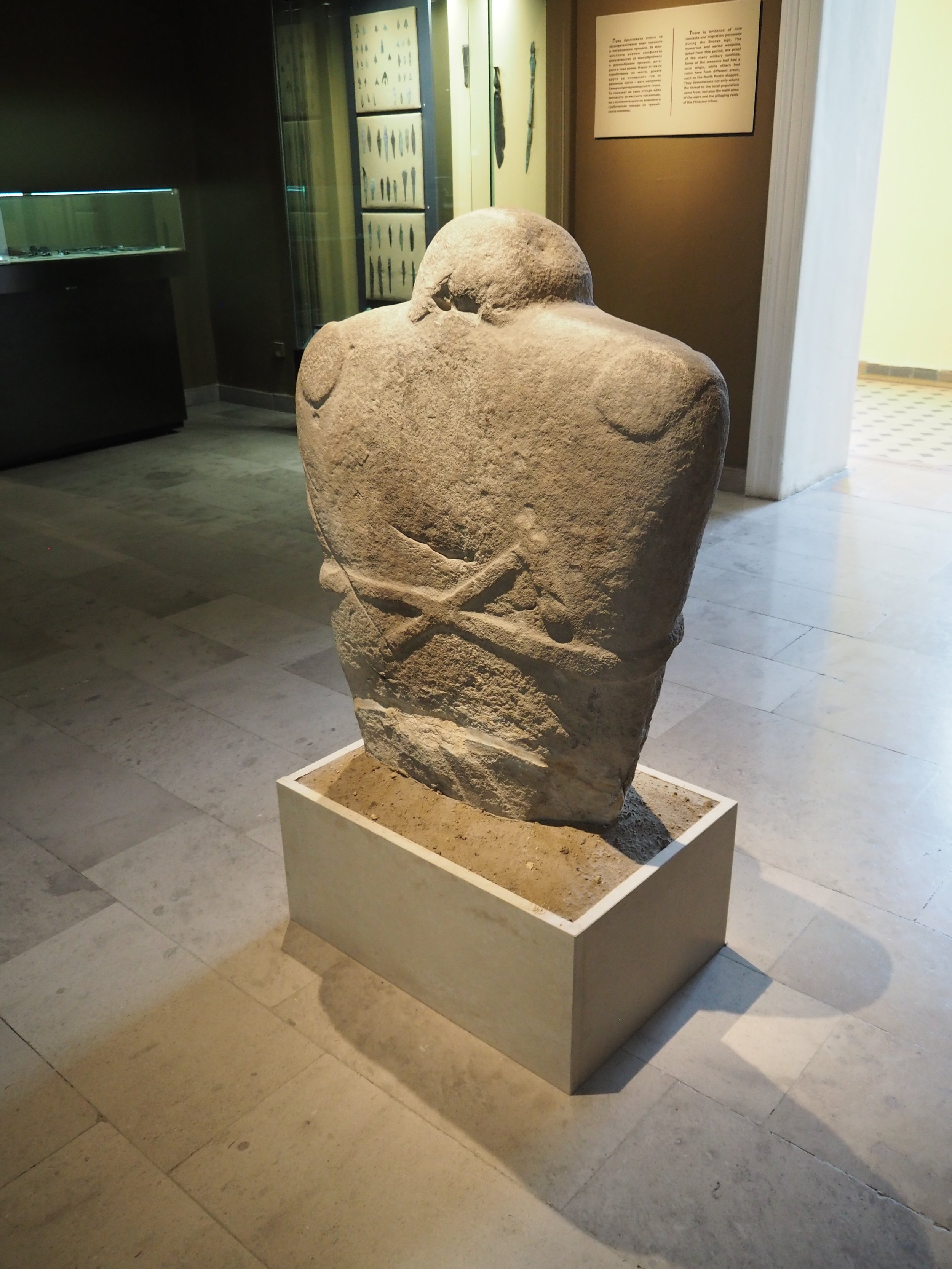




Aladzha Monastery
Just a short drive north of Varna is the interesting little cliff monastery of Aladzha. It appears to have been started in the 12th century and may have continued in use until the 18th century, but it is quite clear that there weren’t a lot of monks living in the cave portion. It’s quite small and a bit hard to get into (though parking along the road near the path up to the monastery is pretty easy to get.) There is also a huge park around the monastery if you’d like to explore further. It has living sections for a few monks, a refectory, small chapels, and even areas for burials. Definitely worth the trip up from Varna.
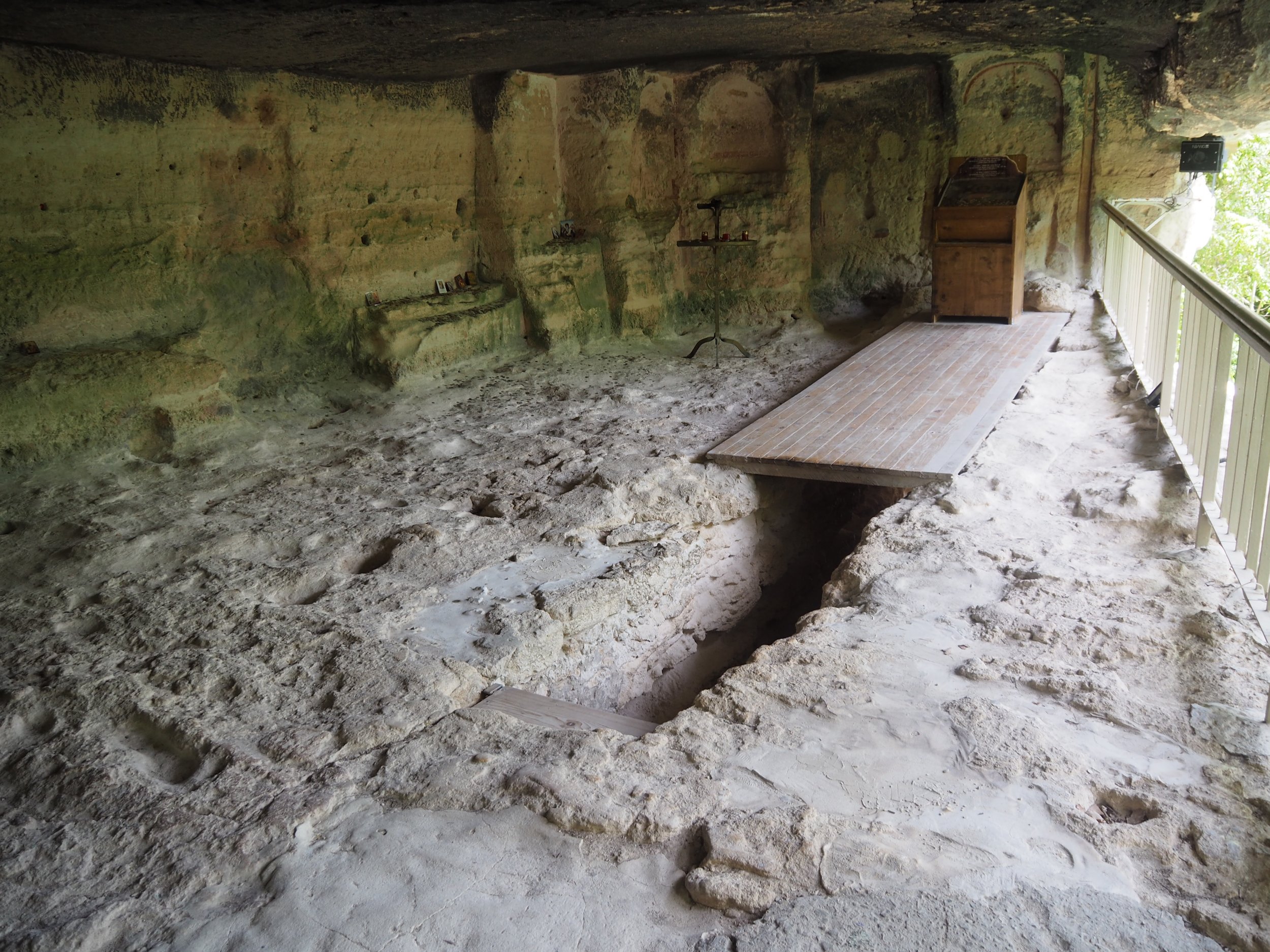












Nessebar
Okay, so Nessebar was originally Messebria, a Greek colony. But Nessebar is so cute. Honestly, vomit-iducingly cute. It’s an amazing town, mostly pedestrian. Advice - go to the archaeological museum first and buy the ticket that gives you access to many of the churches. It’s absolutely worth visiting. Also, check out Messembria winery for a wine tasting and great hand cream. So worth it.










Beglik Tash
This coastal stone center is considered by archaeologists to be the remains of a Thracian ritual site, specifically for the worship of the Mother Goddess. There is much we don’t know about Thracian religion, and it’s important to remember that the Thracians were groups of people who existed over a large area and over thousands of years, so it changed between tribes and over time. But this site appears to include votive areas designed to mirror the Pleiades and has a cave structure that may have been used in rituals. There also are the remains of standing stones that appear to have been used for tracking time. It’s really a fascinating structure and there appears to be more that remains to be uncovered.
Getting there seems like it would be hard, but there are paved roads pretty close to the site, and then you can turn off onto a dirt road (with some big potholes, so go slowly) where you can find parking right near the stones. There is a stand where you pay for tickets, an easy to follow map, and an English-language handout that will give you the overview of the site. While some of the descriptions on the map seem like they need a “citation needed” listing, it is a good way of understanding the basics of what you’re seeing. I highly recommend this site. It’s also in this large park along the Black Sea Coast, so if it’s a hot day, you can stop by the beach on your way on to where you’re staying.



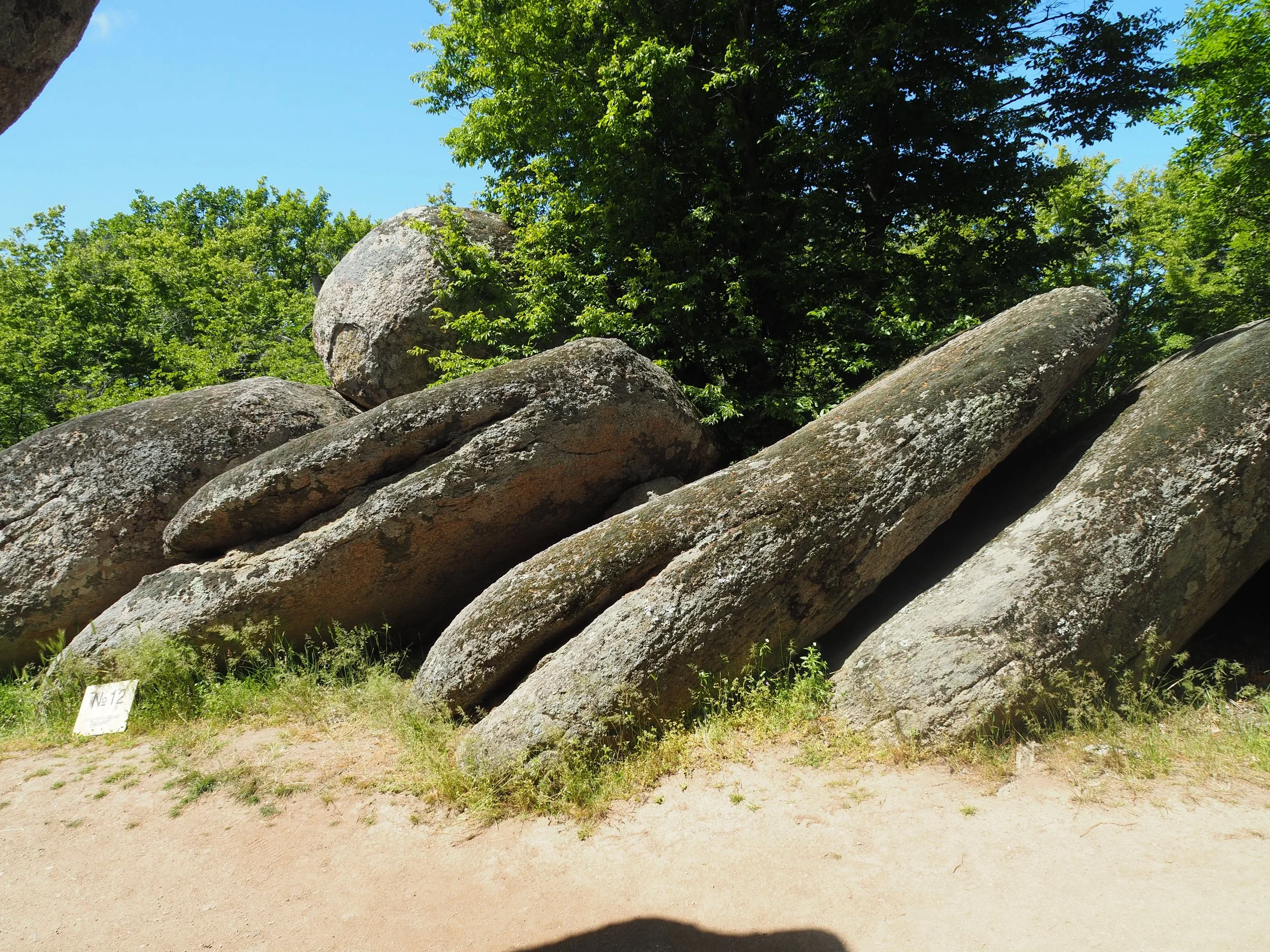




Sozopol
This is an adorable Black Sea coastal city that, while not as cute as Nessebar, still has a ton of charm. Many of these Bulgarian traditional-style houses line the old part of town. The city center isn’t completely closed to traffic, but parking is a challenge and seems like it would be awful during the height of the season. They have an archaeological museum which was unfortunately closed when we visited (they were redesigning the exhibits which must be done, so I understand.) Also, don’t get confused by Google Maps which (as of 5/28/22) shows the archaeological museum as near the ruins of the medieval church. Instead, the archaeological museum is next to the amphitheater.
The old part of the city has lovely winding streets and some excellent restaurants. There are some really interesting buildings on isthmuses and islands near the city. Don’t try to go over to that cool old building that you can see from the wharf, it is absolutely closed to visitors. But it’s a lovely place to stay if you can find parking.
Recommendations in short - Stay at Hotel Diamanti if you can. They have amazing views and really nice staff. Two restaurant recommendations - Restaurant Joan by the medieval church serves a nice pizza and some great wine (though, it’s Bulgaria, so who doesn’t serve great wine?) Also, there’s an amazing fluff-ball of a cat who clearly belongs to someone around there because that kitty is very well fed. And there’s Ресторант Нептун (please don’t ask me to translate that) which is right on the water near the windmill. The food is excellent and the service is very friendly. Enjoy your stay!









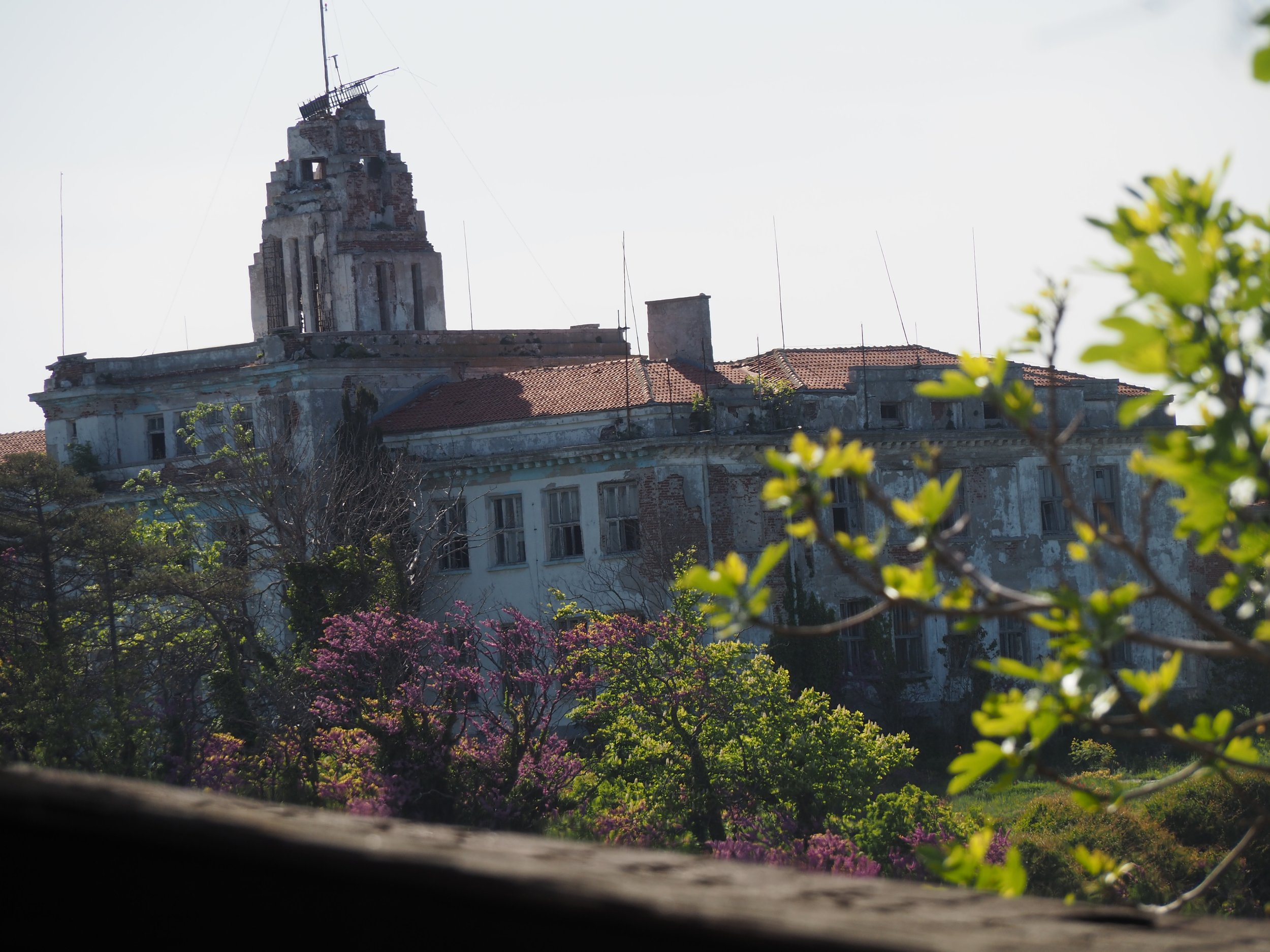


Kabile
This is another site in Bulgaria that really is a do-not-miss if you love archaeology. Bulgaria is a country with deep history and this is seen in so many cities where you have paleolithic/neolithic, Thracian, Greek, Roman, and later settlements. Kabile was originally a Thracian site, with a large later Roman settlement and then settlement through the Byzantine times. It fell out of use during that time since settlement moved. But the remains are really amazing, and the view from the Thracian worship center at the top of the hill is truly incredible. It’s also about five minutes off the main highway between Burgas and Stara Zagora.
When we went, we were the first people that day at the museum. We thought they were closed, but the lovely gentleman who was running the museum was just having to run in and turn on the lights! They have a lovely little collection, with a very good explanation of the history of the site. We were not charged entry (I think because we were the only people there) but there’s the usual 10 Lev charge, I think. It’s worth it. And the path around the site and the signage at the locations is really excellent. A fantastic stop for any archaeology fan.








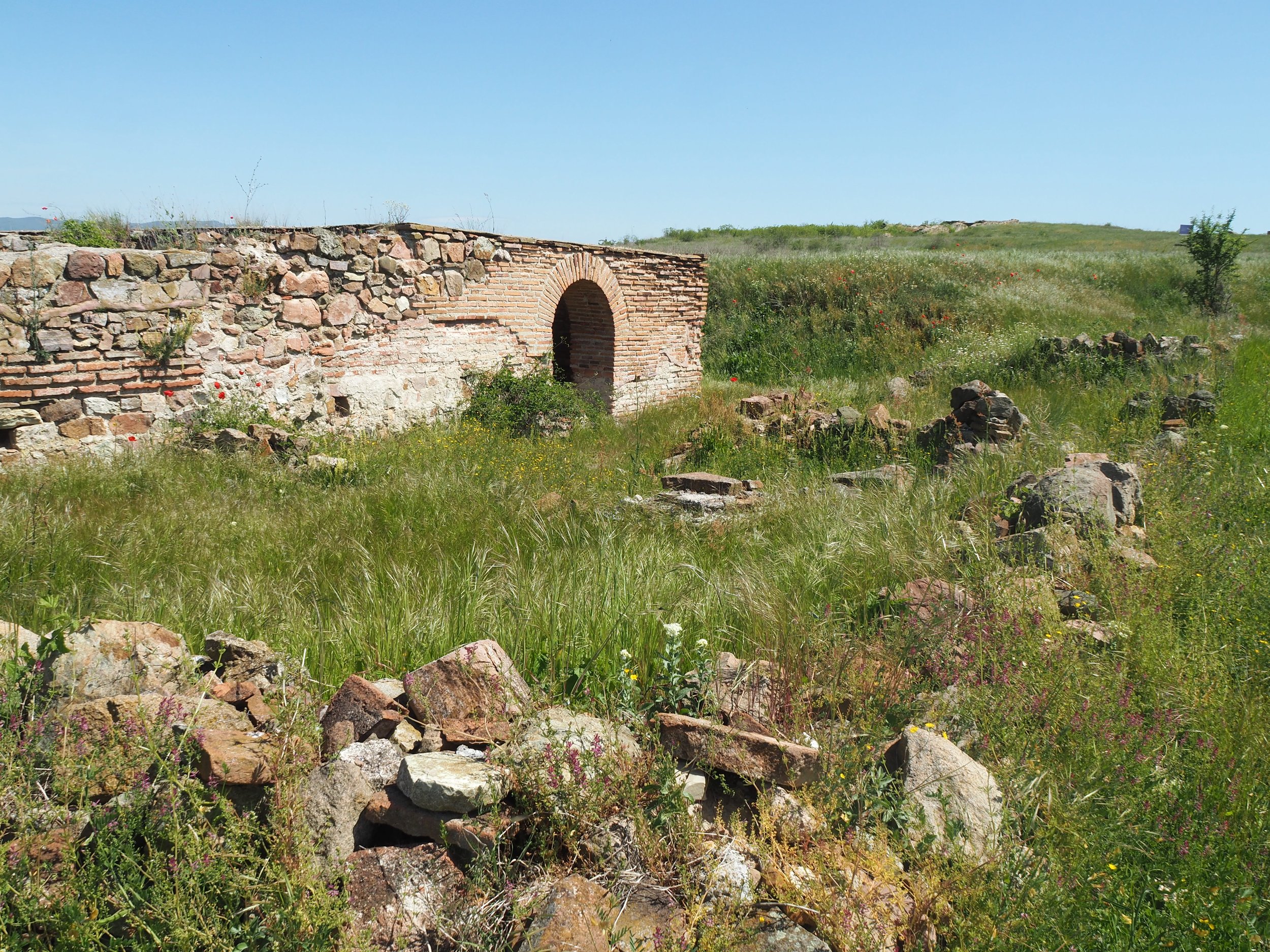


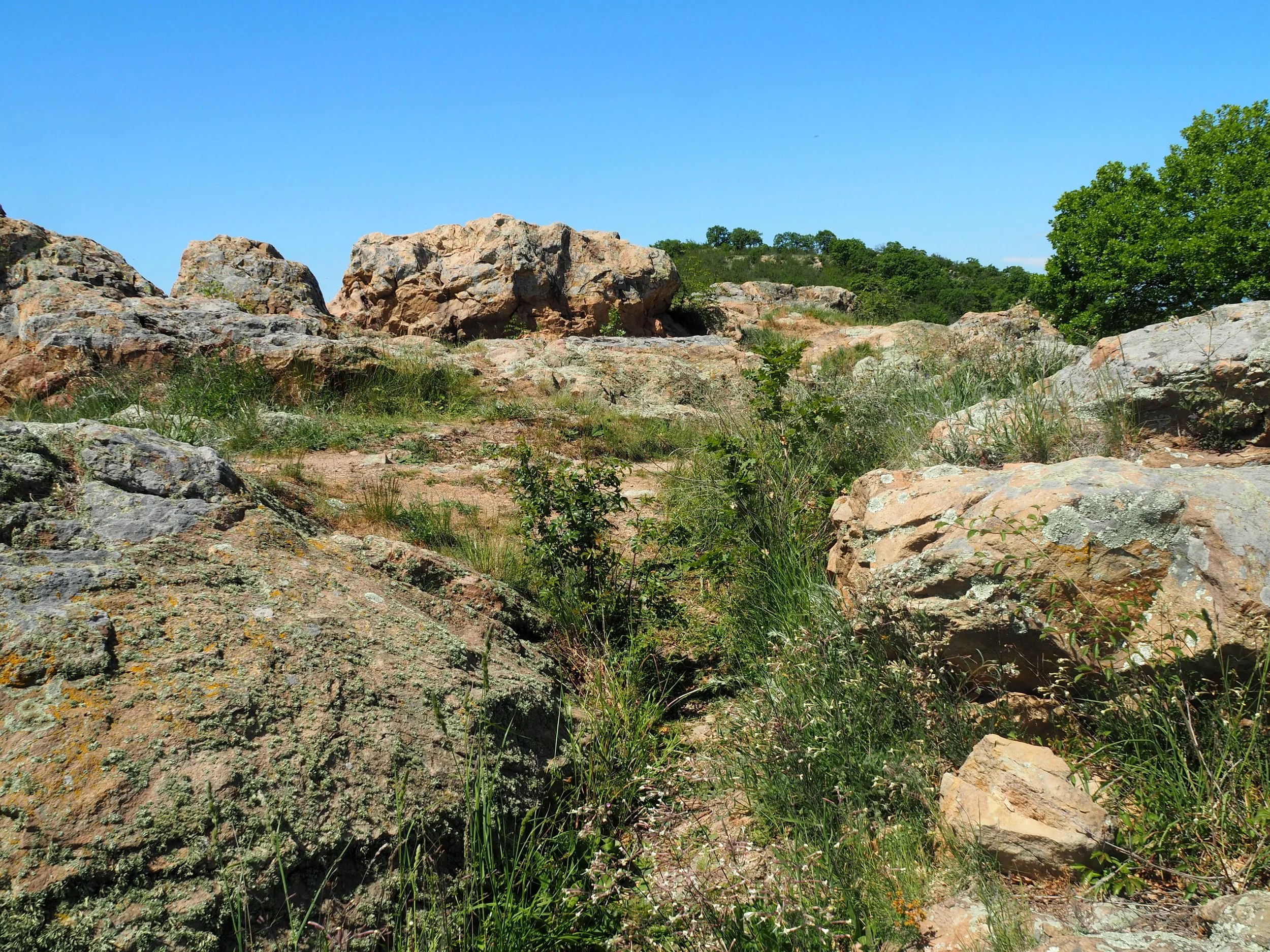

Stara Zagora
Stara Zagora has a bit of a bad reputation in Bulgaria from what we could tell. The hotels aren’t quite as nice, but I found the city incredibly charming. They, once again, have a lovely pedestrian city center and some great remains of the Roman city. Their museum was really quite fantastic, and well worth a visit. The Roman remains are fun to wander, though not as clean as others, and entrances can be locked so you have to backtrack. But we were early in the season, so they may clean it up in the summer.
But some incredible things about Stara Zagora - their Neolithic dwellings museum. It’s the remains of an 8,000 year old, two-level house located in a hospital complex. So, kind of hard to find. But if you get the parking lot for the hospital complex and ask, they will point you to it. The security guard at the museum when we visited seemed supremely amused by my enthusiasm, and the woman working at the museum was incredibly informative. It is so cool to see the remains of the building and the pots. Check out their website here to see photos (they weren’t allowed and I like to be respectful.) Really a great find.
We stayed at Hotel Varaya, which was interesting. They have a parking lot right behind the hotel which was really convenient. The best rooms in the house are quite impressive (with some an amazing tub) but it does smell faintly of cigarettes, which is sad.) Oh, and those best rooms are relatively inexpensive, so if you want a suite with an amazing tub for about $45 USD per night, this is your place. Restaurant recommendations - 042 Restaurant right on the main square was really excellent. It was kind of hard to find dinner that evening, but we ended up at Viento Wine and Dinner, which turned out fine. Only weird thing was that their wine on tap was from New Zealand. There are lots of cafes and such, but we ended up at the best restaurant for lunch. When we were wandering around, though, we stumbled upon a live band in the park, playing big-band style music. It was great! Then we were approached by a woman who spoke to us for a bit in Bulgarian about it, then noticed that we didn’t speak Bulgarian, but then continued to keep speaking to us at length in Bulgarian. She clearly loved the music (and I kind of understood some of the music talk since music has a language of its own), but now I know how so many travelers to the US who don’t speak English feel. It was actually lovely. Everyone was so nice!

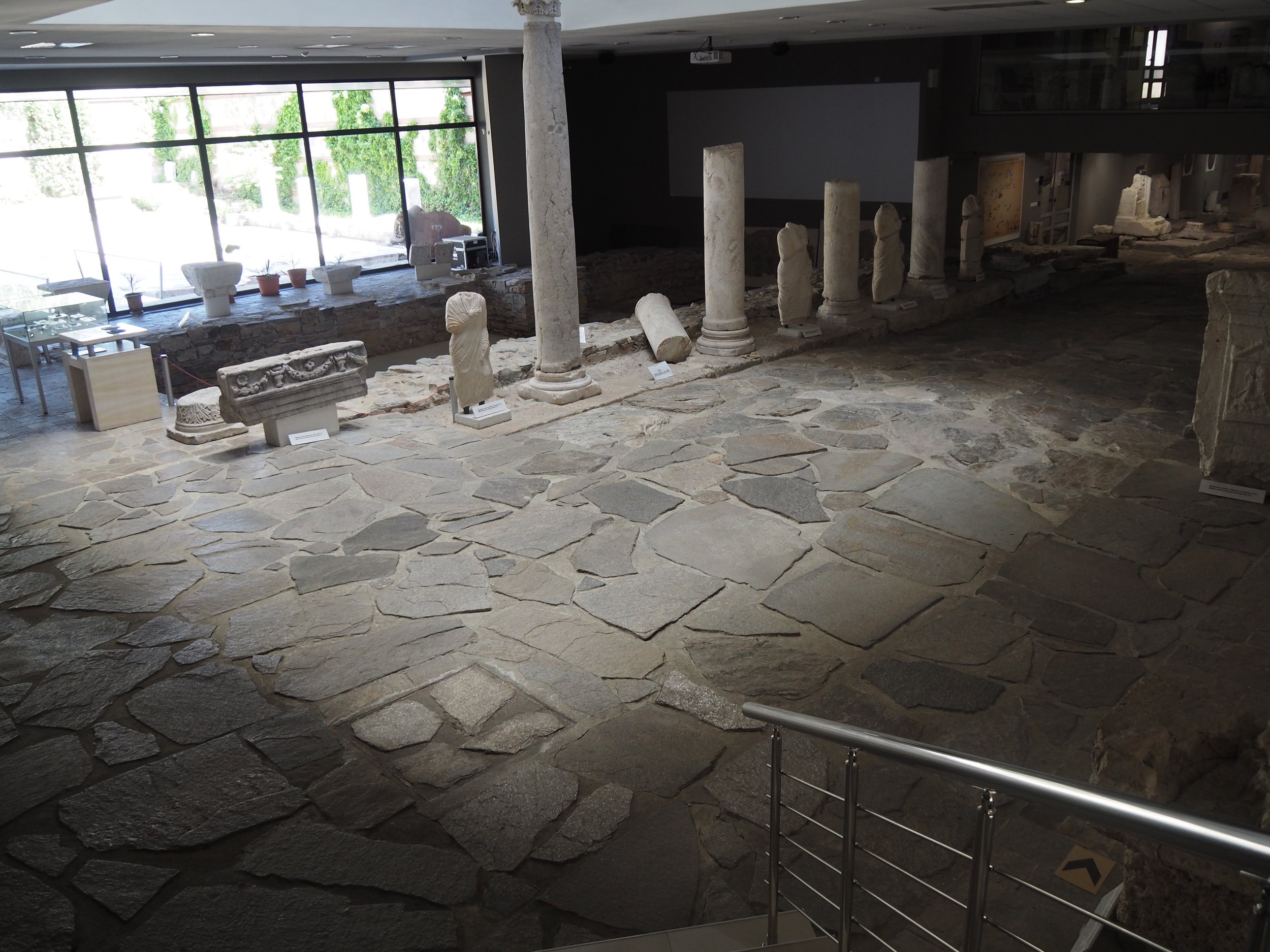










Thracian Tomb of Kazanlak
The best way of visiting multiple Thracian tombs is by heading north from Stara Zagora and heading into the Valley of the Thracian Kings. Then you head west and can see the thousands of tombs dotting the countryside. About a hundred of these have been excavated and only a few are open to visit, but it’s amazing to see the ones you can. The most delicate of these tombs have been reconstructed so while you can’t go inside the actual tomb, you can see what they are like and it’s still completely worth it. It also helps preserve these delicate sites.
Our first stop was the Thracian tomb of Kazanlak, named after the town of Kazanlak in which it sits. It in a lovely park, with easy parking. You go into the park and can see where they’ve built a protective building around the tomb, and then head next door to the replica. It’s a very small tomb, but with beautiful frescoes. There’s some excellent information about the tomb, about the Thracian tombs in general, and a very welcoming staff. The images shows the Thracians with their horses, showing the importance of these animals to the Thracians. They’re impressive in their artistry, especially since it dates back to the 3rd century BCE.




Three Tomb Complex and Tomb of Seuthes III
The next set of tombs that we visited were the Tomb/Temple of Helvetia, Tomb of Sushmanets, and the Tomb of the Griffins. This is truly a fantastic complex. These are tombs you can enter. The main entrance is really nice, with loads of information about many of the tombs that have been found in the Valley of the Thracian Kings. Some we actually know who was buried there (such as Sushmanets), and some are named based on decorative elements (such as Griffins.) There is also a very friendly tomb cat named Helvetia, who will meet you as you enter. Parking is easy, right by the entrance to the museum. The staff is very friendly and had to actually open the tombs for us since we were the only people there. It’s really interesting to get to go into the tombs. While you will see other tombs in the area, these are the only four that are open to visitors at this time. These tombs date back to the first millennia BCE but have stylistic differences based on the time they were built. They are really lovely and fascinating to visit.
Also nearby is the Memorial Church Shipka, whose golden domes can been seen peaking out of the trees right off the roadway. A short drive will take you to an amazing red church. We didn’t stop in, but it was really lovely to see, even if it was undergoing some restoration.


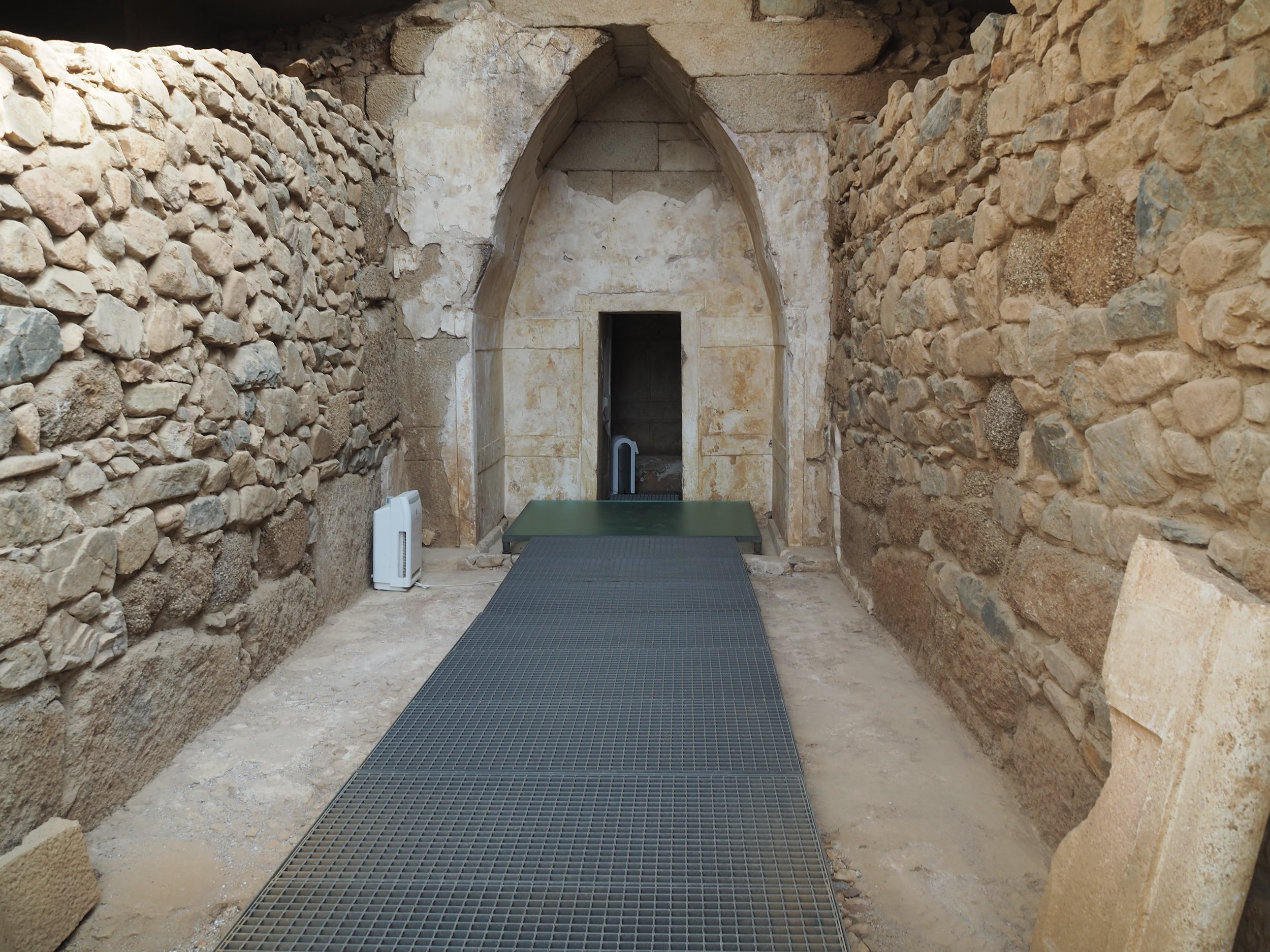
































Hisarya
This charming little town is located on the site of a natural hot spring, so of course the Romans built a city there. It has a lovely little museum with some Roman artifacts that were recovered from the city, and many replicas of other artifacts from different parts of Bulgaria. The city was founded as Diocletionopolis, after everybody’s favorite cabbage farmer. The city has well-preserved Roman walls, a Roman bath complex where the water still fills the pools, a beautiful park, and a path that will lead you to a Roman tomb that you can enter. The town itself is lovely with many great restaurants right off the park. We parked near the museum, on the street, which was very easy. The walk was very nice and we had a great lunch at Restaurant Chinar, and were visited by two very friendly kitties.

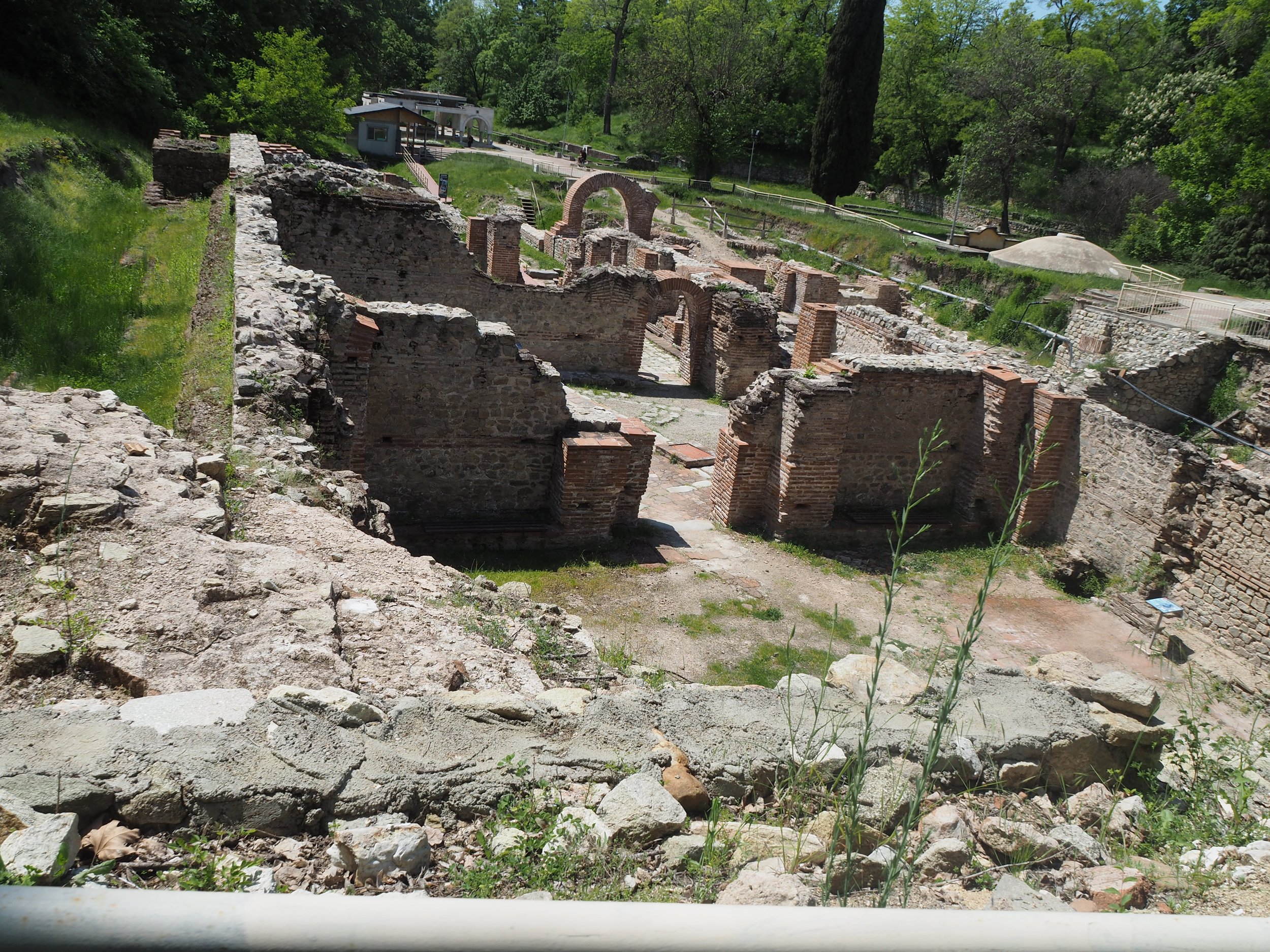















Thracian Temple Complex of Starosel
A short drive from Hisarya is the Thracian Temple Complex of Starosel. There is a smaller site that is free and is well worth the visit, and a larger site that does have an entrance fee. Keep driving up to the second site, there is a parking lot down below but it’s a bit of a walk to get to site, so it’s worth driving up. The site at the top of the hill is built as a beehive shape and you can see the remains of the stones under the soil. The architectural abilities of these people was really amazing.
The site was the center of cult worship and is also the location of several tombs. It dates back to the 5th century BCE. There is still so much we don’t know about Thracian religious rituals and beliefs, since they didn’t have a written language of their own and records of them are really the records of the Greeks and Romans who encountered them. But the continued discovery and archaeological excavation of these sites gives us a glimpse into the daily lives of these people so long ago.
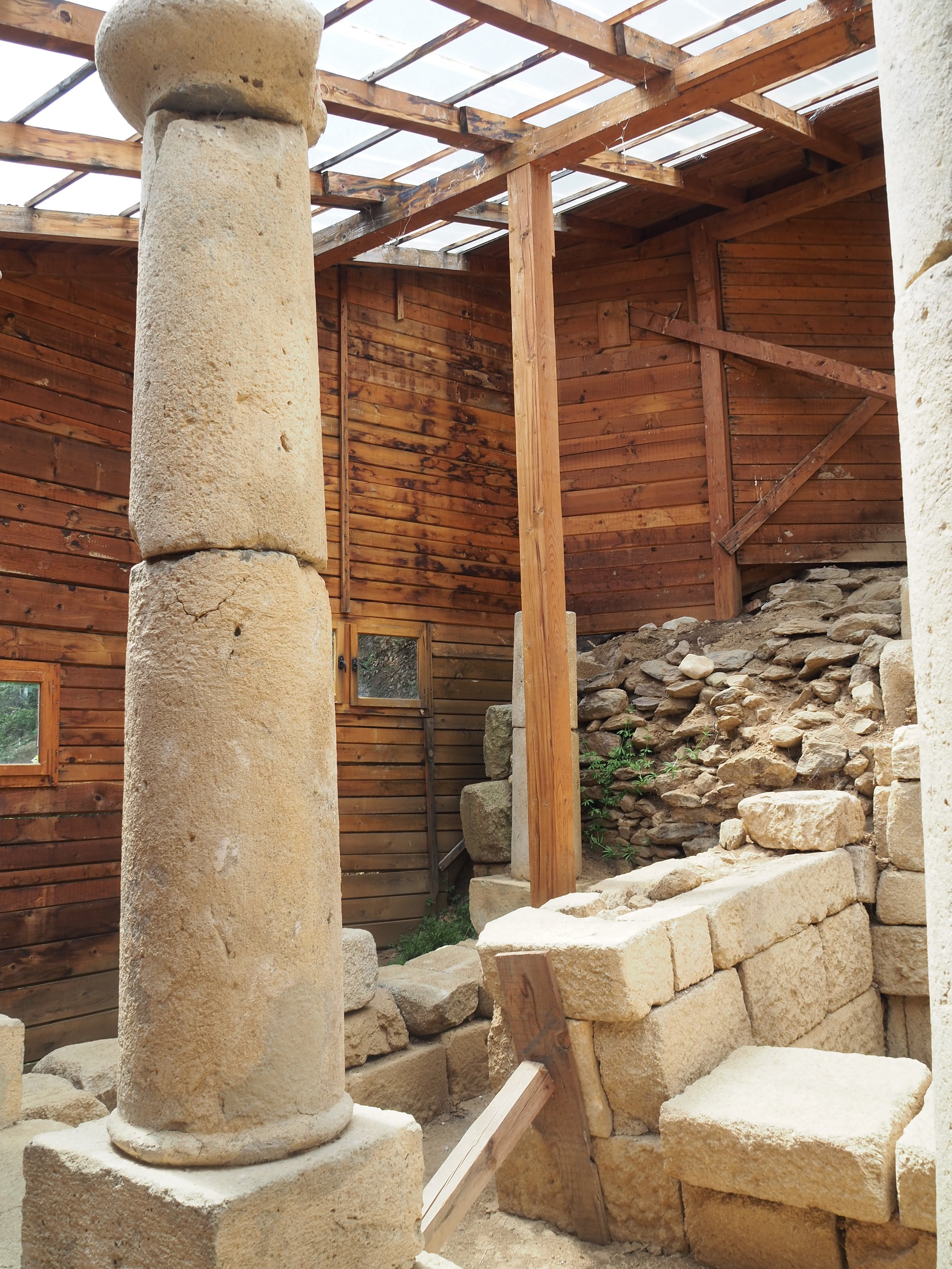










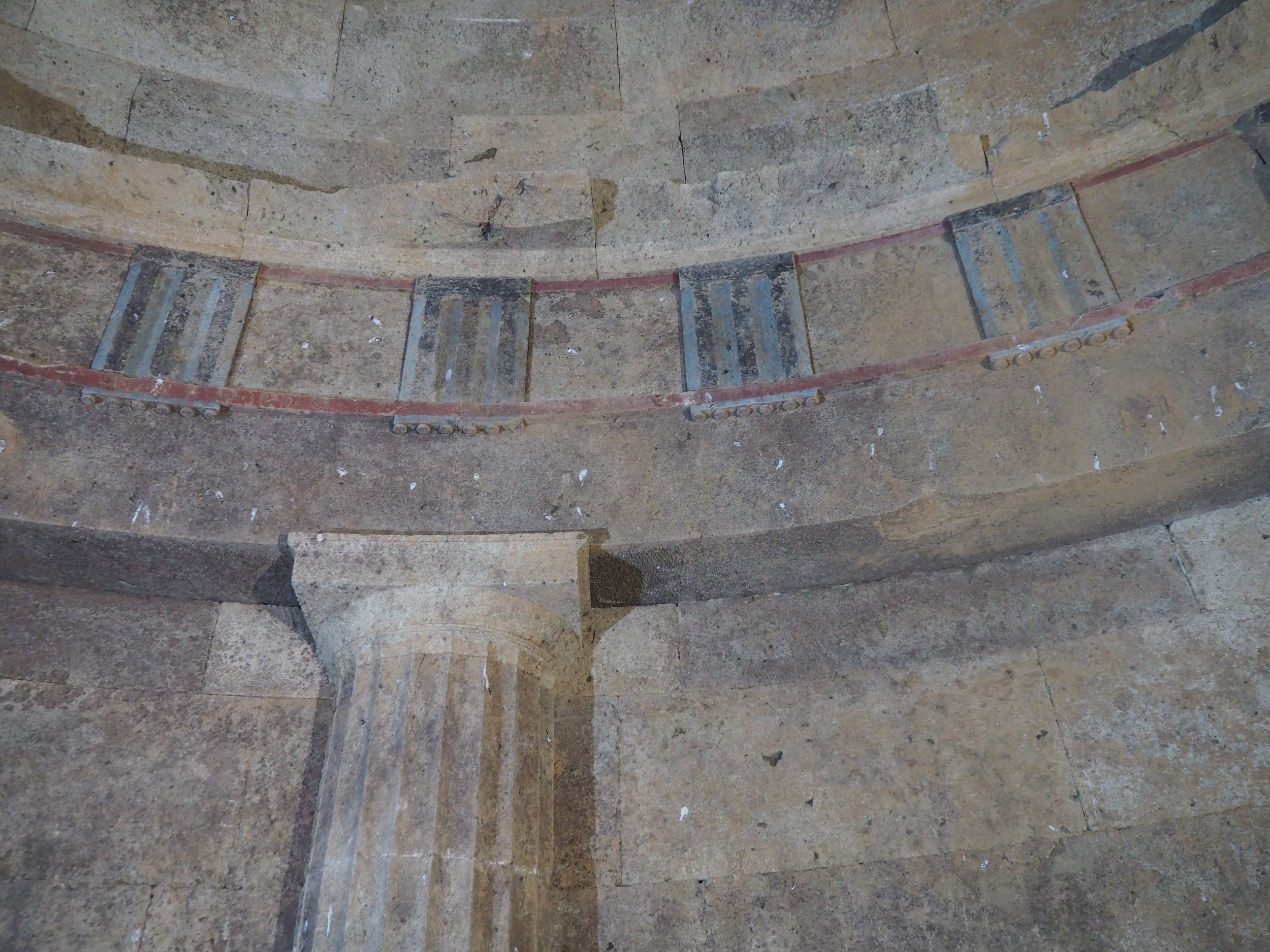
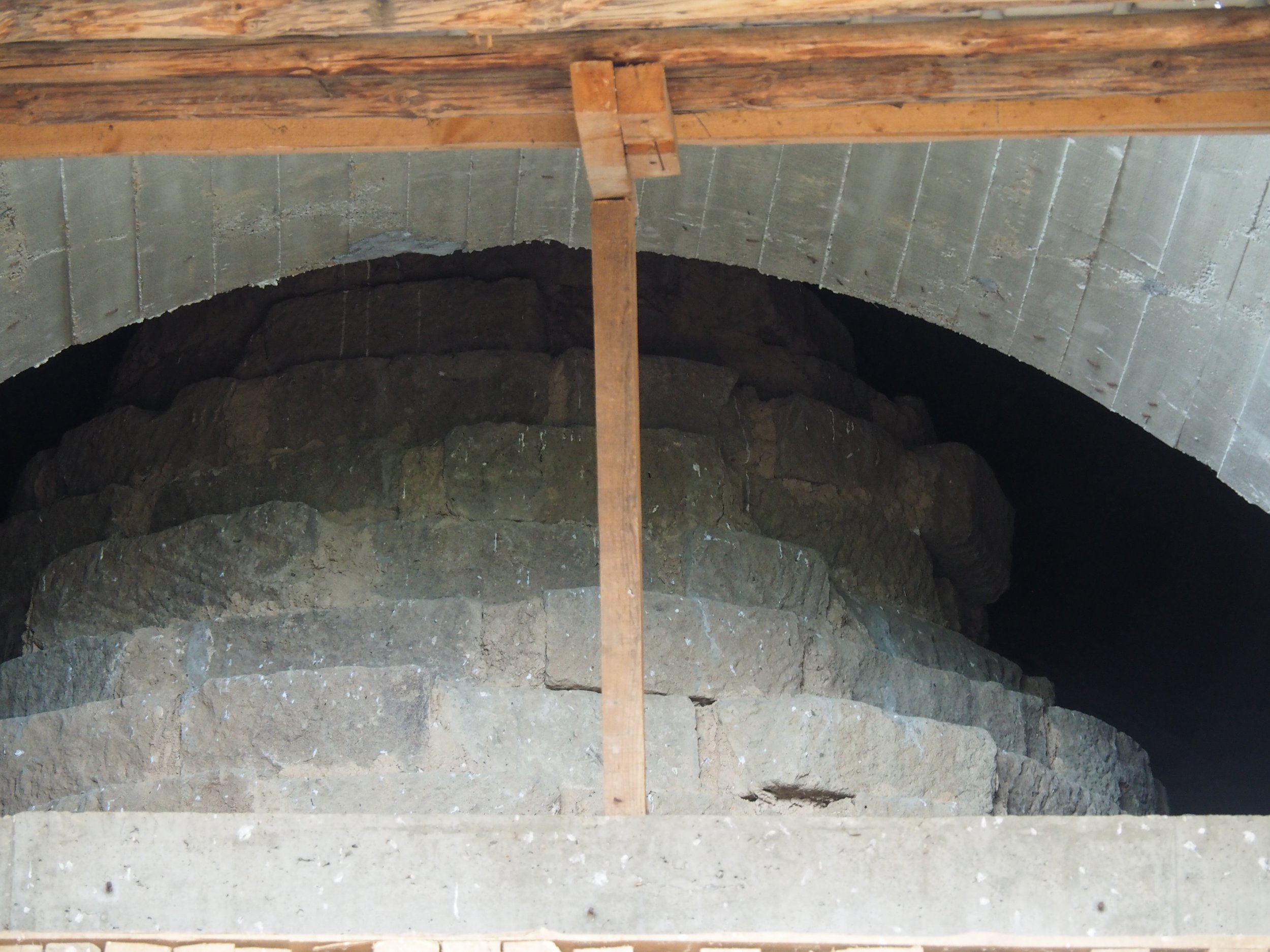
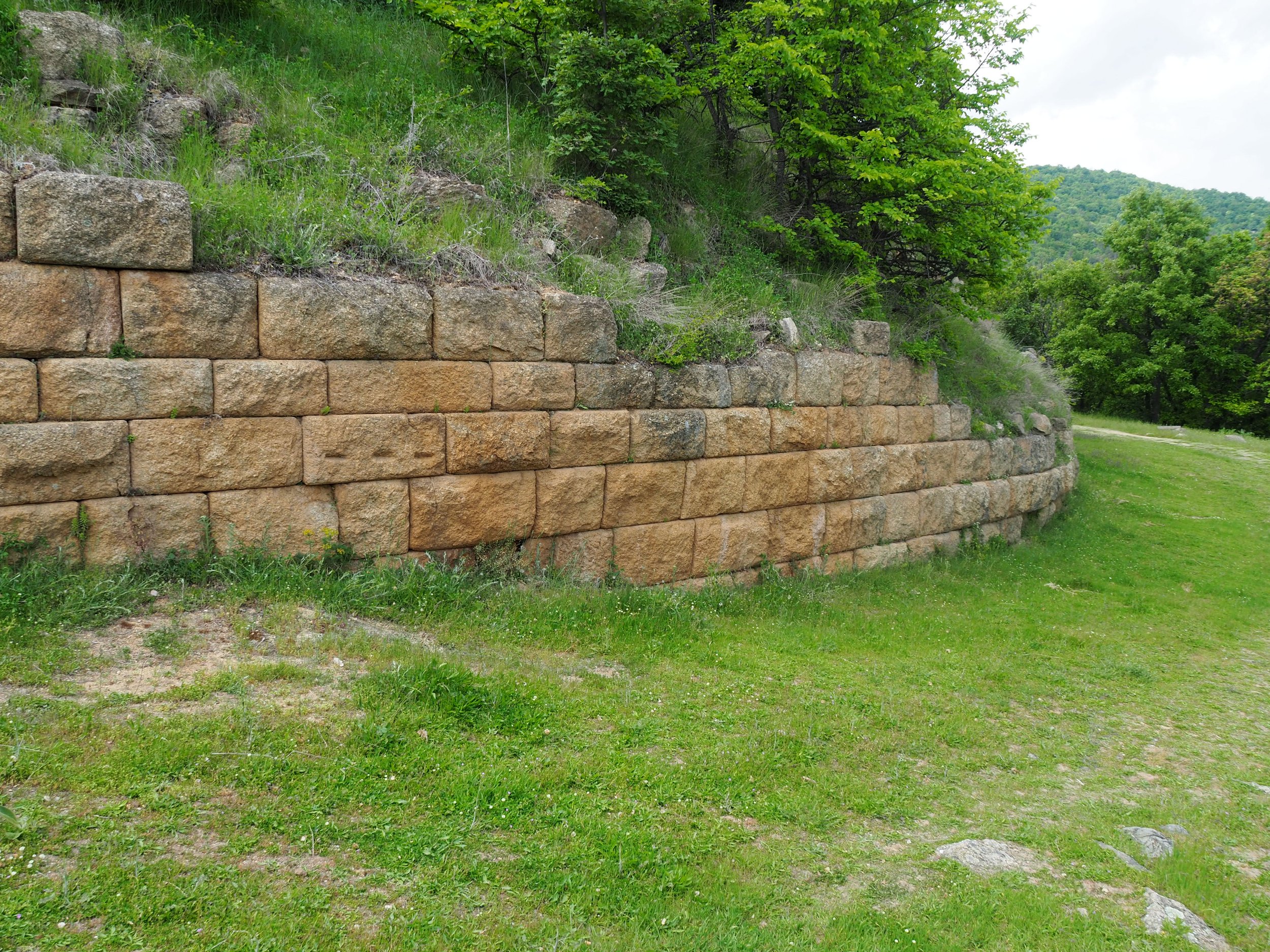

Plovdiv
Plovdiv was the last major stop on our trip. It is considered to be the most beautiful city in Bulgaria, and I can see why. It also is considered to be the oldest continuously-occupied city in Europe at over 8000 years of continuous habitation. There is evidence on the top of the old town dating back to 6000 BCE and the Thracians. It was also established by Philip of Macedon as Philippopolis (apparently Alexander got his lack of city-naming originality from his father.) Then of course the Romans came and it’s be inhabited ever since. It was the European Capitol of Culture in 2019, which is kind of tragic. It is really a lovely city, with an excellent pedestrian walking area (the longest in Europe) and lots of great restaurants. And absolute gem.


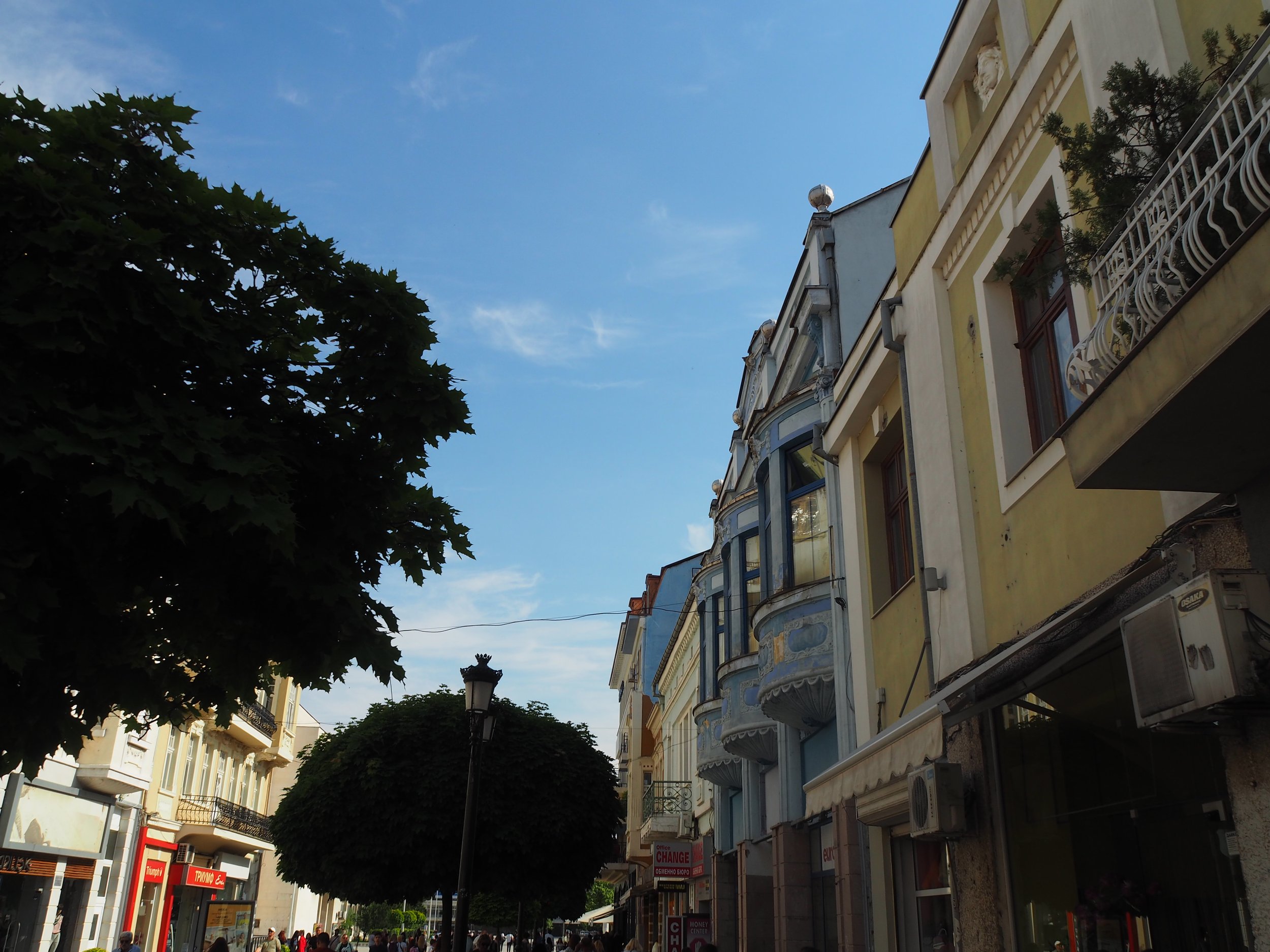




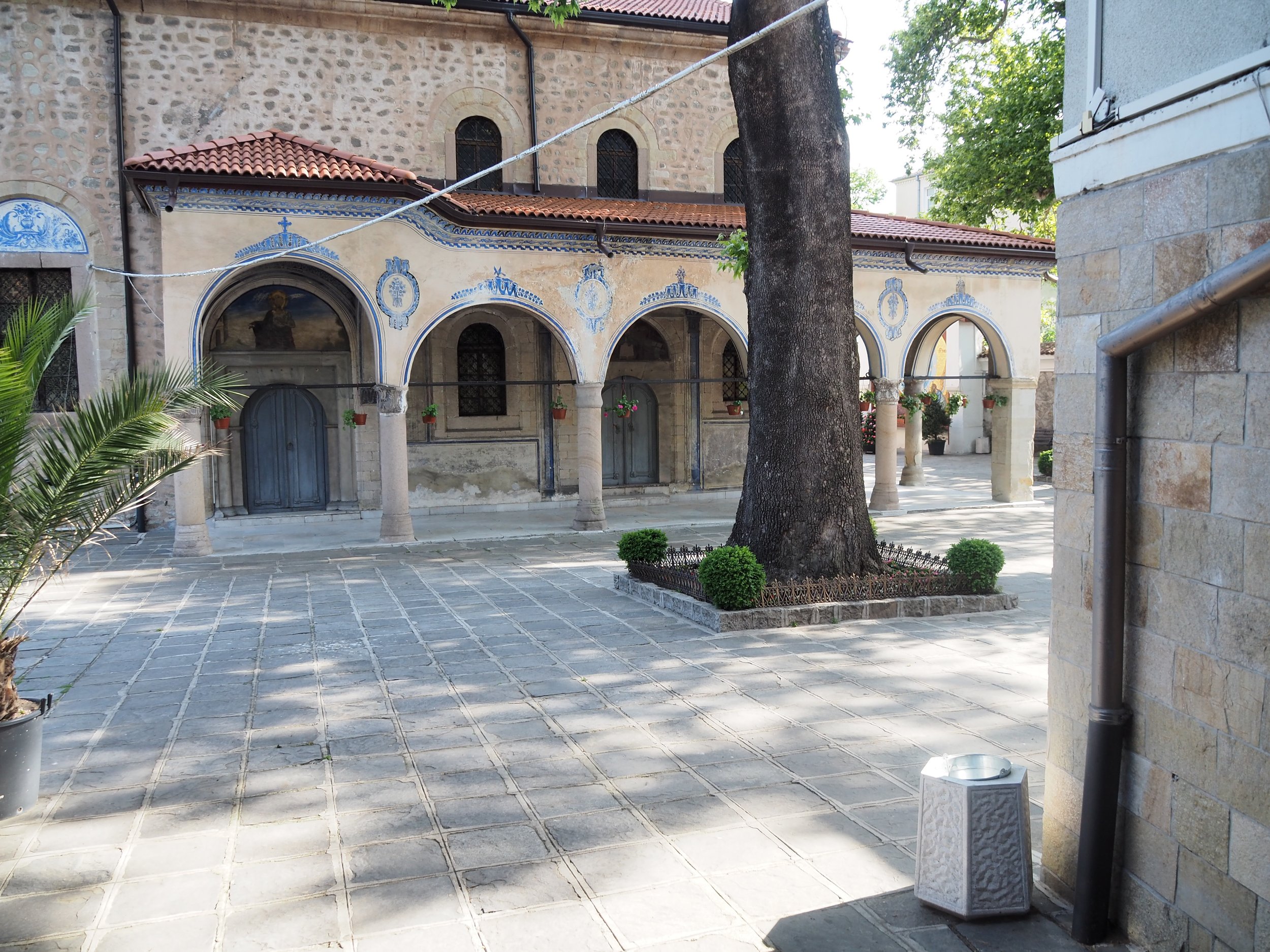

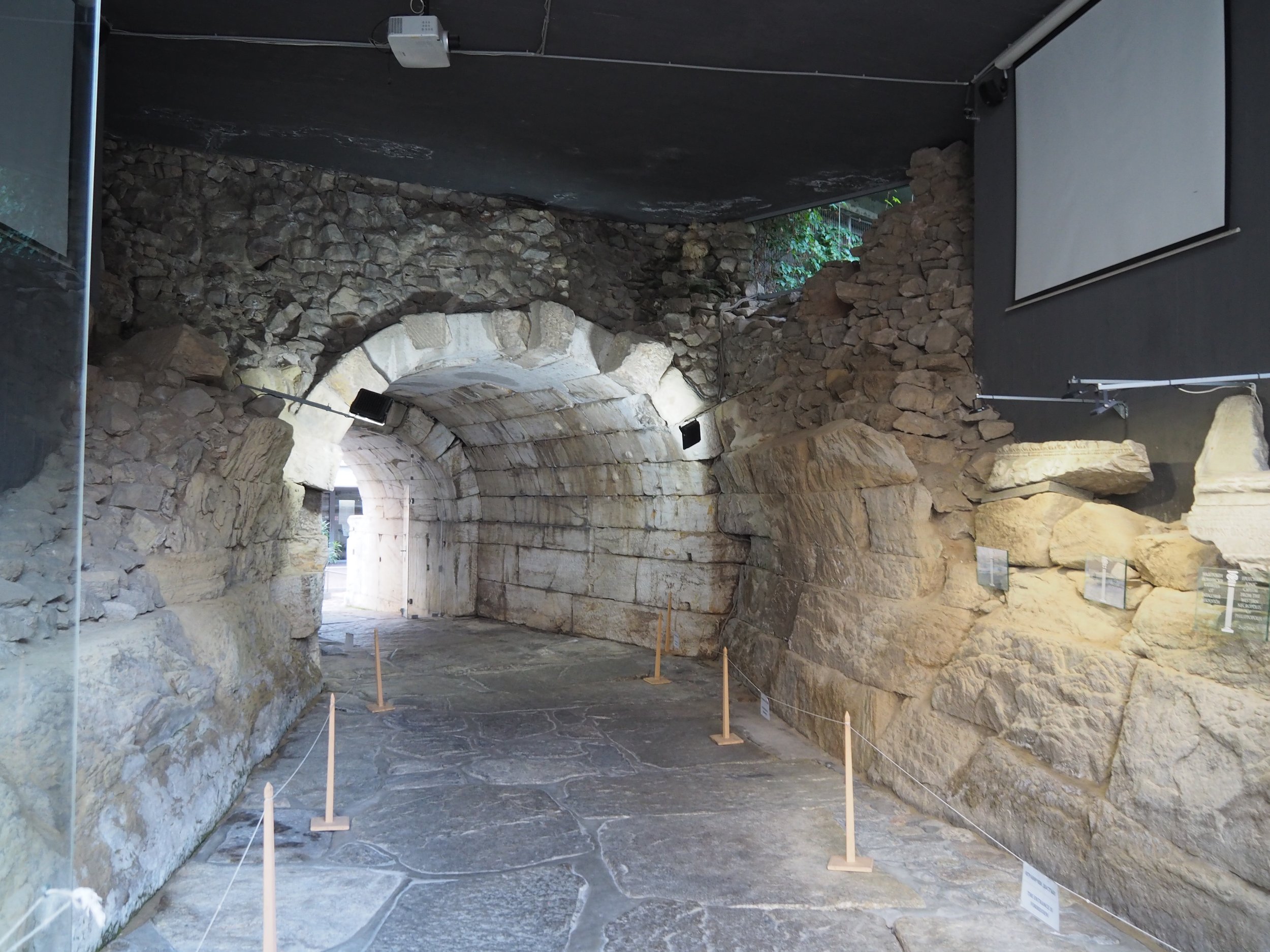
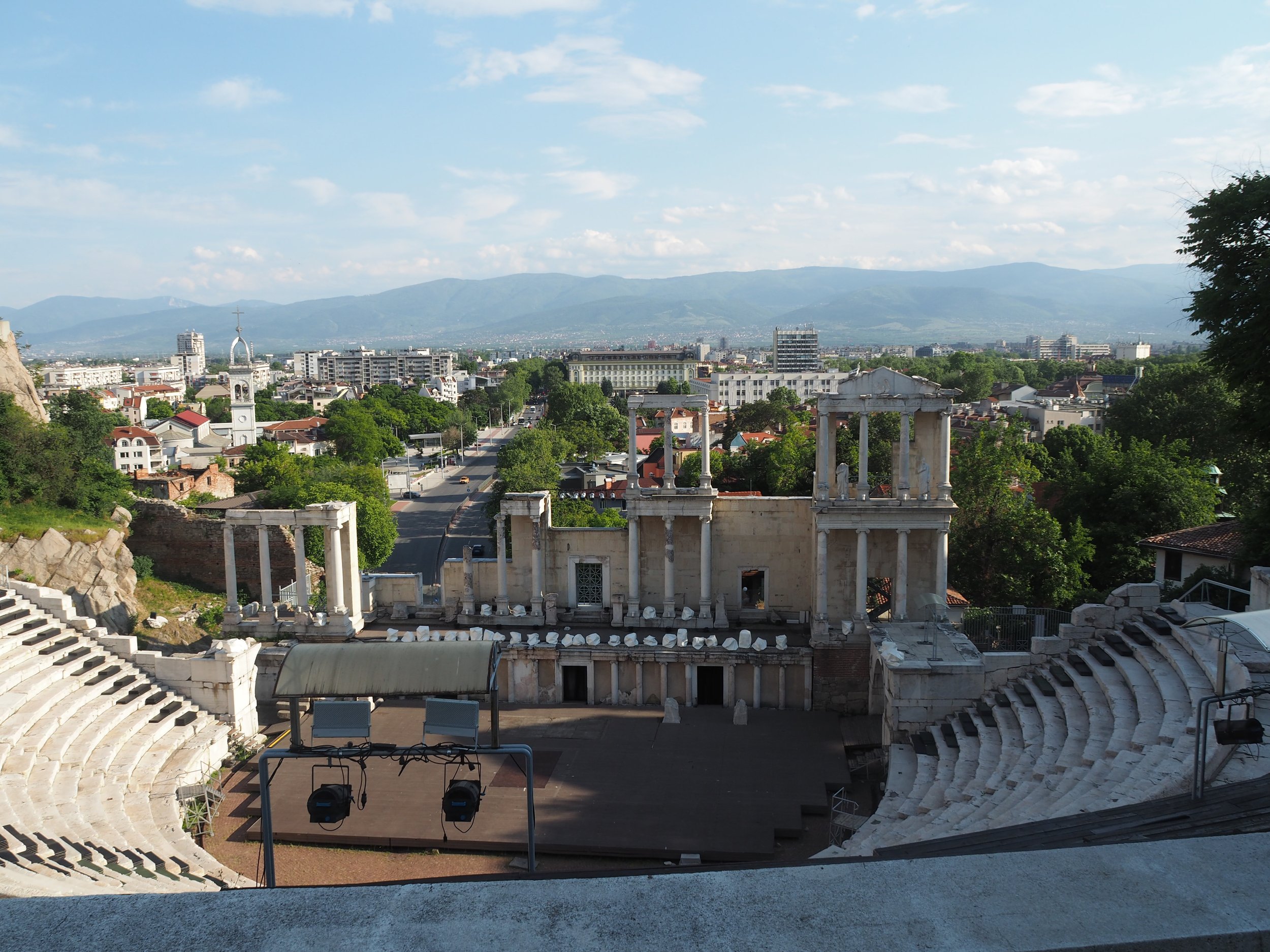
Plovdiv was truly amazing. Some of the things I liked best were the integration of the archaeological past into the current setup of the city, the amazing pedestrian area, and the amazing old city. Plovdiv is absolutely a must-see in Bulgaria. What can I say about Plovidiv other than, you must go here?!
According to some sources, Plovdiv is the oldest continuously inhabited city in Europe. There are remnants of Neolithic dwellings on the hills around the city. And there is evidence that people have been there ever since. There are remnants of Thracians and a lot of Greek and Roman ruins. One of the hills in the oldest parts of the city is the center of the oldest part of the city. The have an amazing theater, and remains of a forum and the remains of a circus maximus similar to that in Rome. It’s called the City of the Seven Hills, although they destroyed one of the hills for building materials (and turned the space into a mall) but they created a memorial for the lost hill near the pedestrian section of the city and it’s pretty great.
They have an excellent museum with some really impressive artifacts. The Plovdiv museum is one of the best in the country and definitely have some of the best artifacts they’ve discovered. It’s a beautiful building and is very easy to get around. It’s definitely a must-see.
I wish I could better explain why you should go to Plovdiv. It really is incredible. It is considered the most beautiful city in Bulgaria. And they’ve done amazing things to really integrate the ancient parts of the city into the modern city. If you go to Bulgaria, go to Plovdiv.





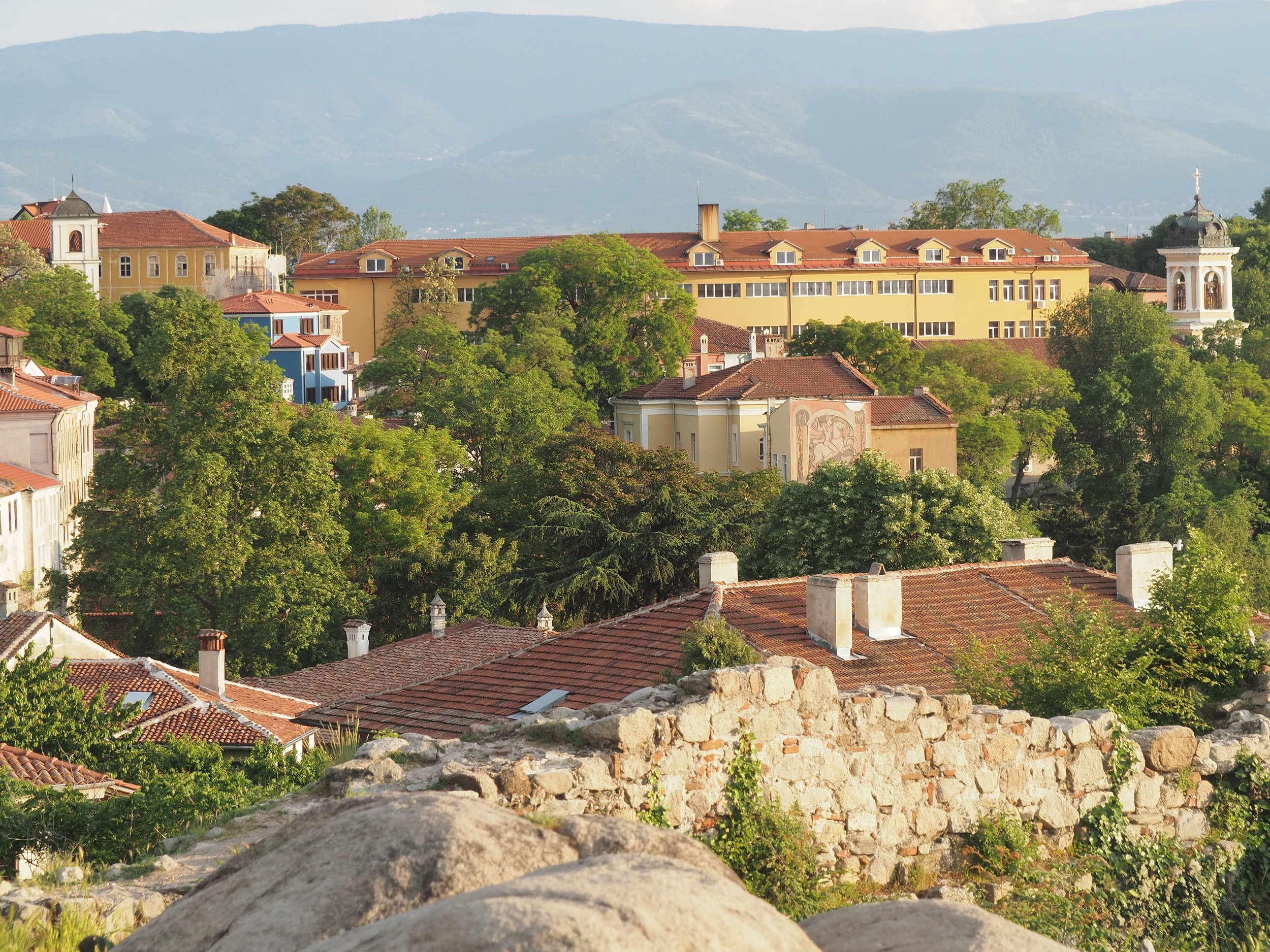







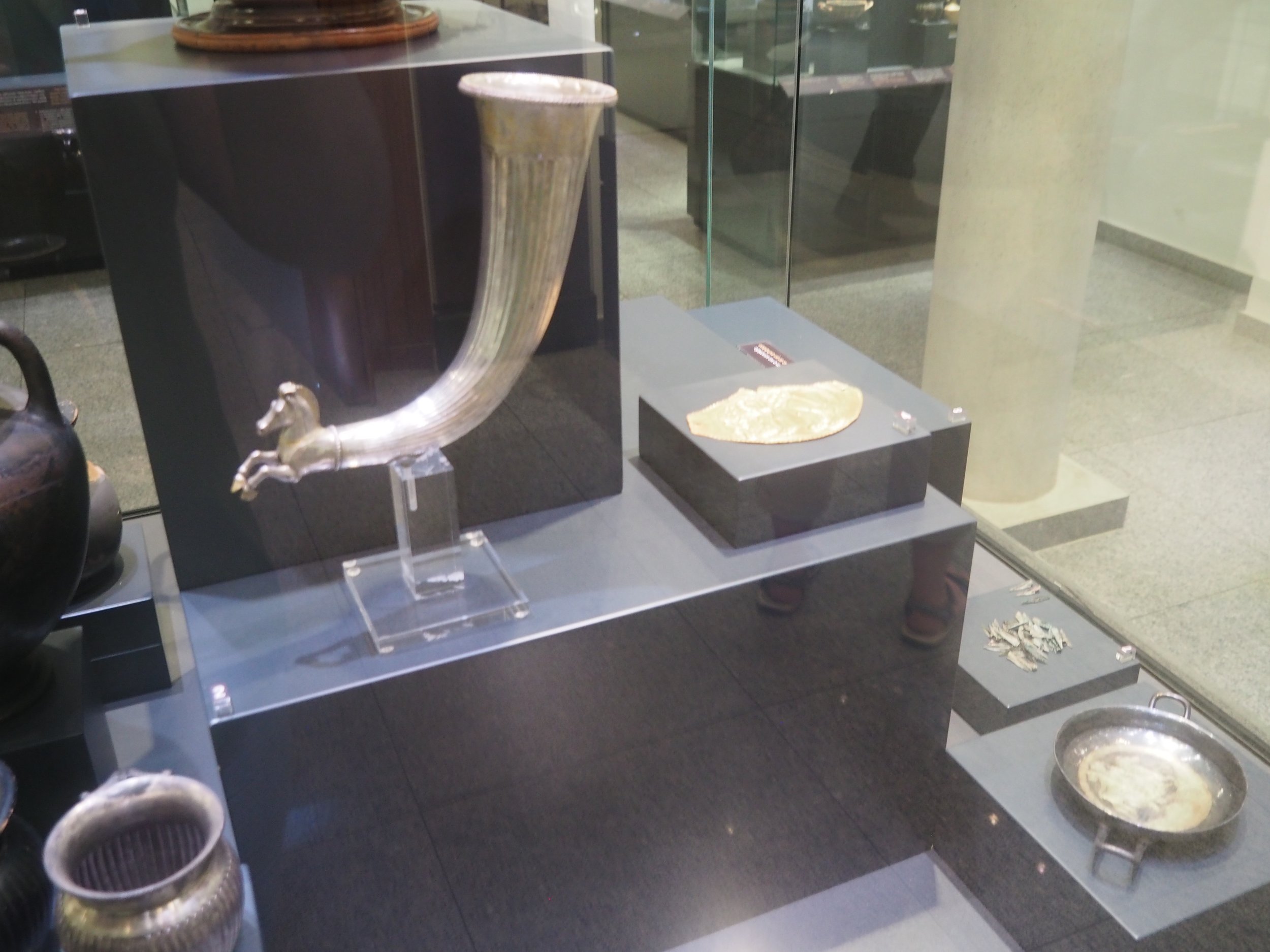
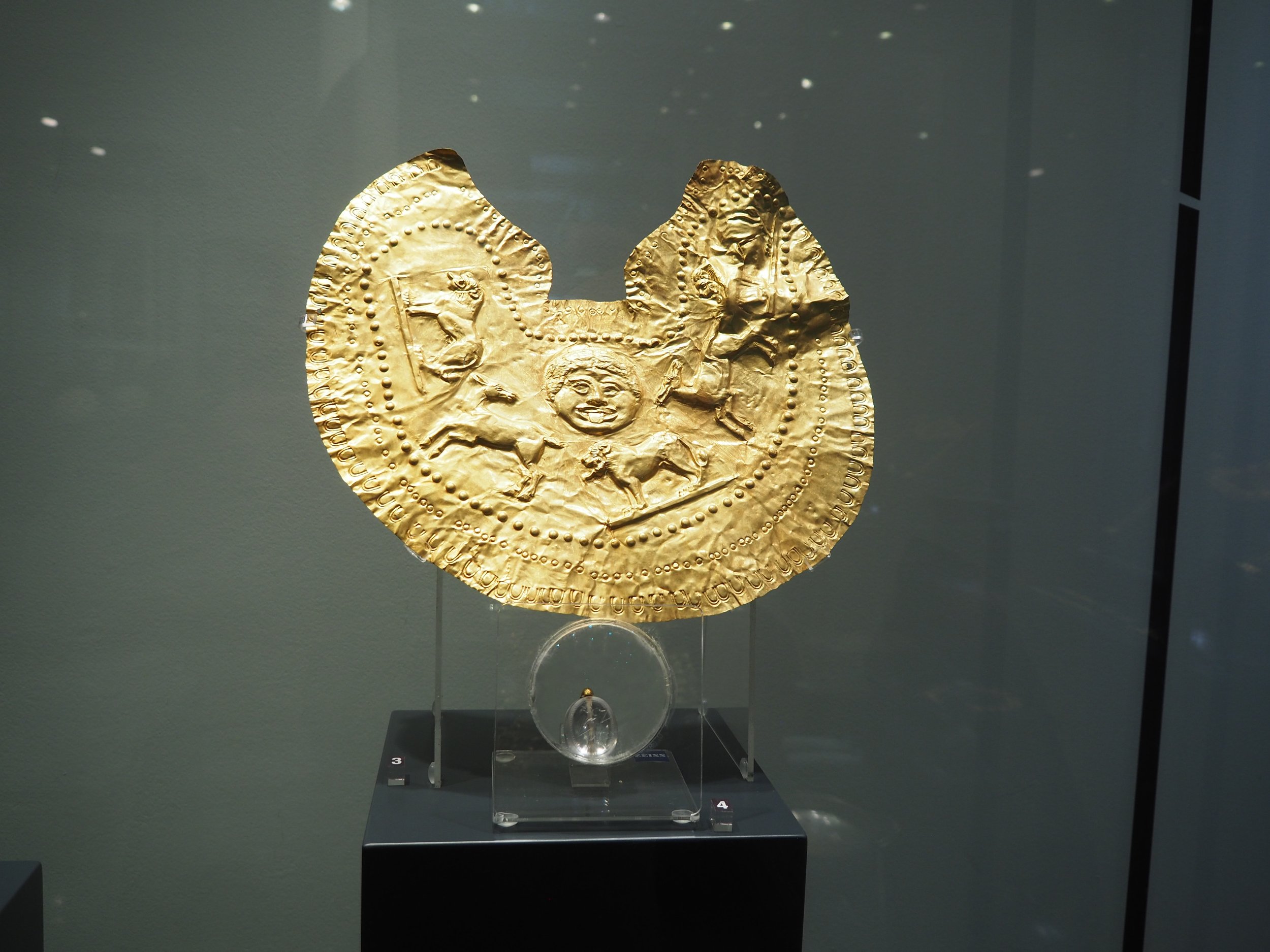



Recommendations
We stayed at the Plovdiv City Center Hotel. It was great. The rooms were comfortable and the location was fantastic. We parked near the Church of the Assumption of the Holy Virgin. Though the parking in the area is tough, so it may not be possible during the height of the season. But we booked rooms with balconies and they were next to each other and they were fantastic.
We had a tour-by-local with Kamen and he was fantastic. Highest of recommendations for him! He gave us a lot of information about the history of the city and the ways that they’ve integrated the archaeology of the city into the modern infrastructure. It’s quite a walk to get up to the highest point, but it’s really worth it.
Restaurant Diana 1 was great for a touristy but local experience. The food was great and they had local Bulgarian dancing and such. So good. The other restaurants and gelateria were fantastic and worth visiting. The Cafe Arena was perfect for a drink overlooking the Greek/Roman theater.
Thracian Tomb of Aleksandrovo
About an hour out from Plovdiv is another Thracian tomb, the Thracian tomb of Aleskandrovo. It’s another reconstructed tomb. It’s really well done, with a fantastic museum that gives some very interesting information about the tombs in the area. The reconstruction is very well done and really gives you a sense of what the tomb would have looked like when it was created.
Not far from the tomb reconstruction is the Regional Museum of History in Kardzhali. It’s not enough to give its own blurb (it was clear we were the only visitors there), but it does have some nice archaeological remains from the area and a really beautiful building. It’s not bad for a stop in, though it clearly has seen better days.





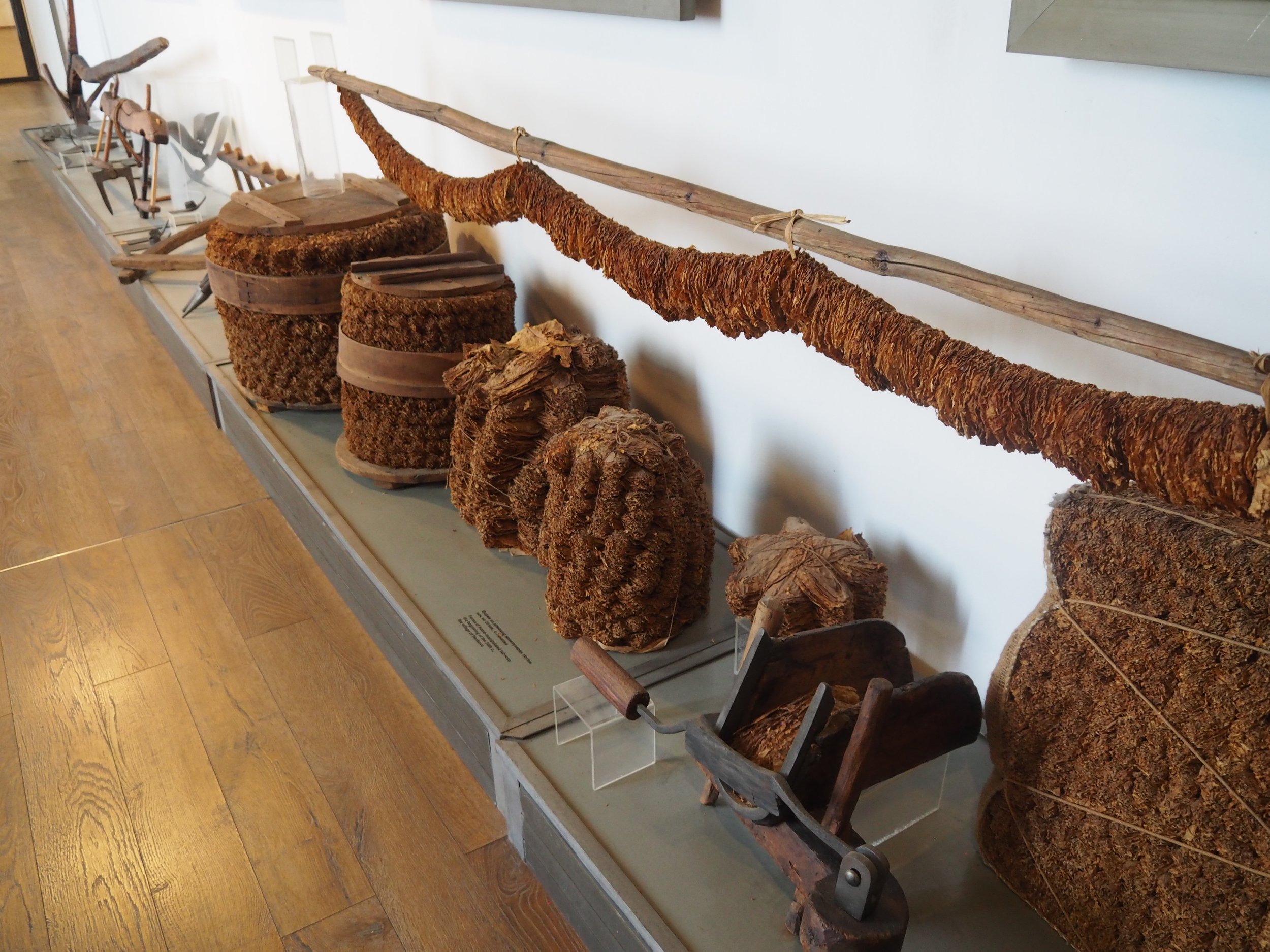


The Perperikon
This was a site that we didn’t originally have on our itinerary, but it would have been a tragedy to miss it. It’s considered to be the oldest site yet found dedicated to the worship of Dionysus (my favorite deity.) It’s a bit of a hike up to the site, which has elements from multiple time periods. It had Thracian sites (which are very extensive), along with Roman and Byzantine remains. It was a site of ancient worship, a Roman settlement, and had a monastery during the Byzantine period. It’s really an amazing site.
There are currently plans to create a huge museum associated with this site and it will be amazing in the future. There’s parking at the base of the site (for about 2 Lev) and there’s an entrance fee. Bring water since there really isn’t anywhere to get water at the site. But this site is a must-not-miss for anyone visiting Bulgaria that is interested in the ancient world.






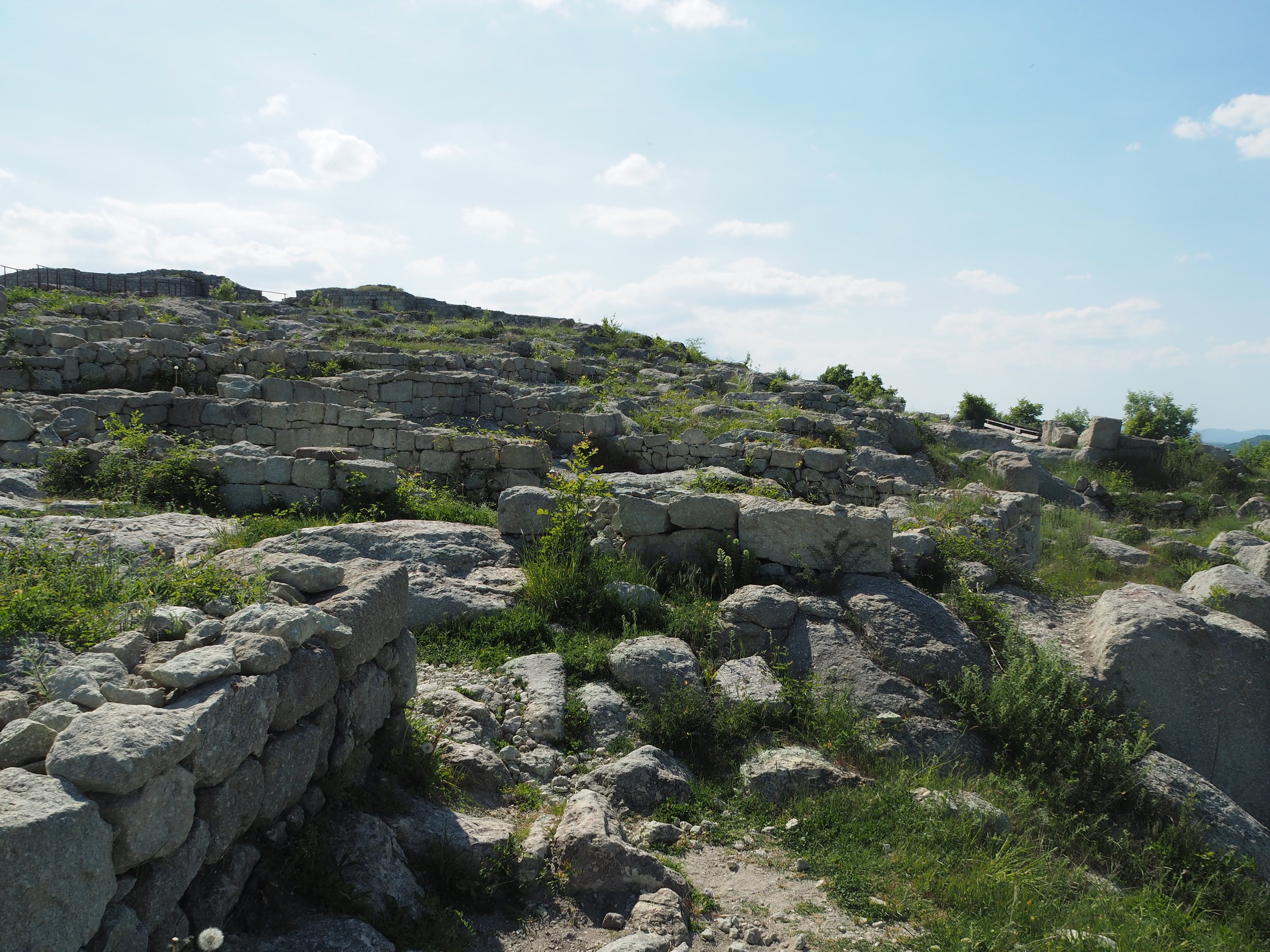







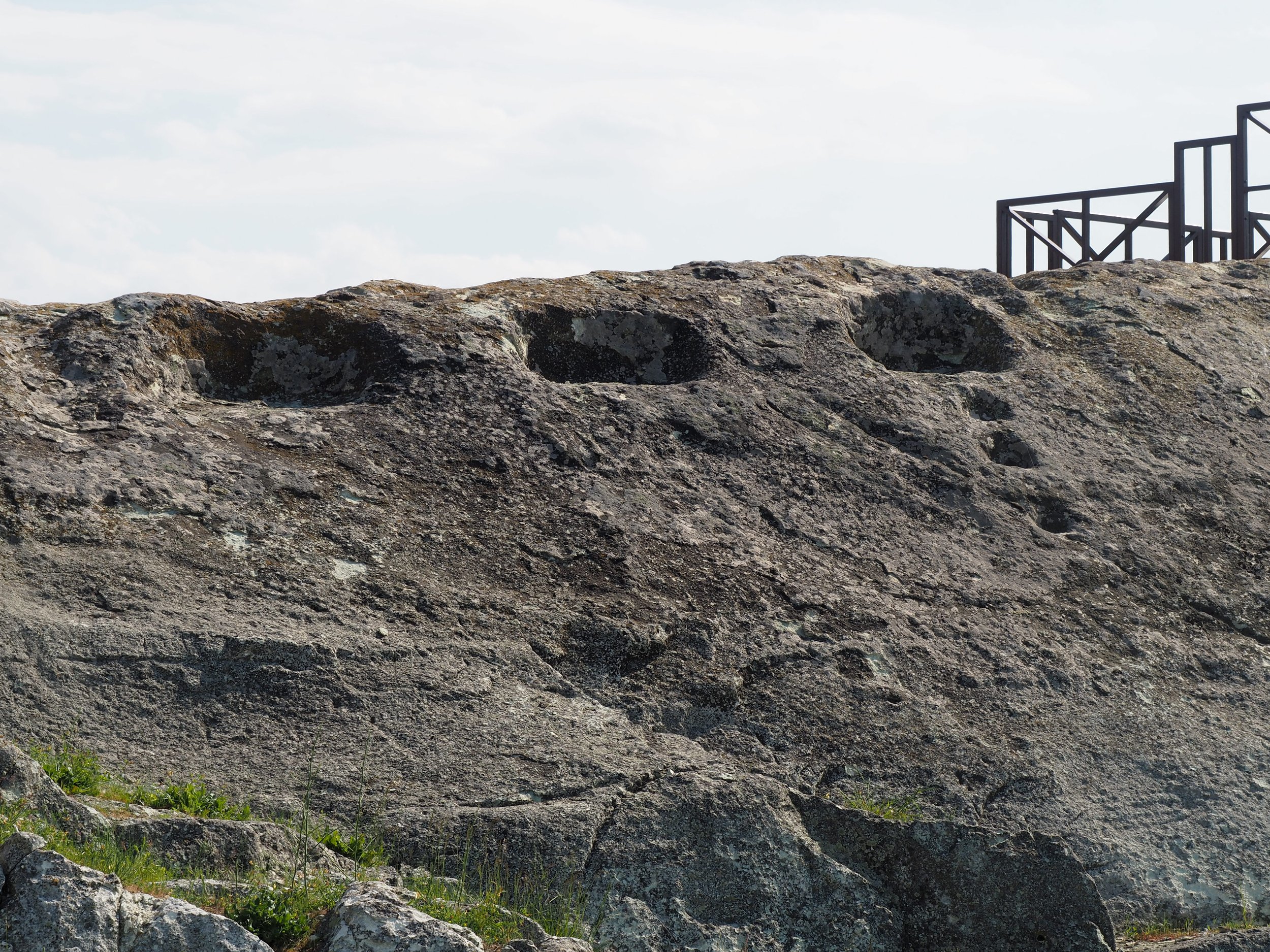
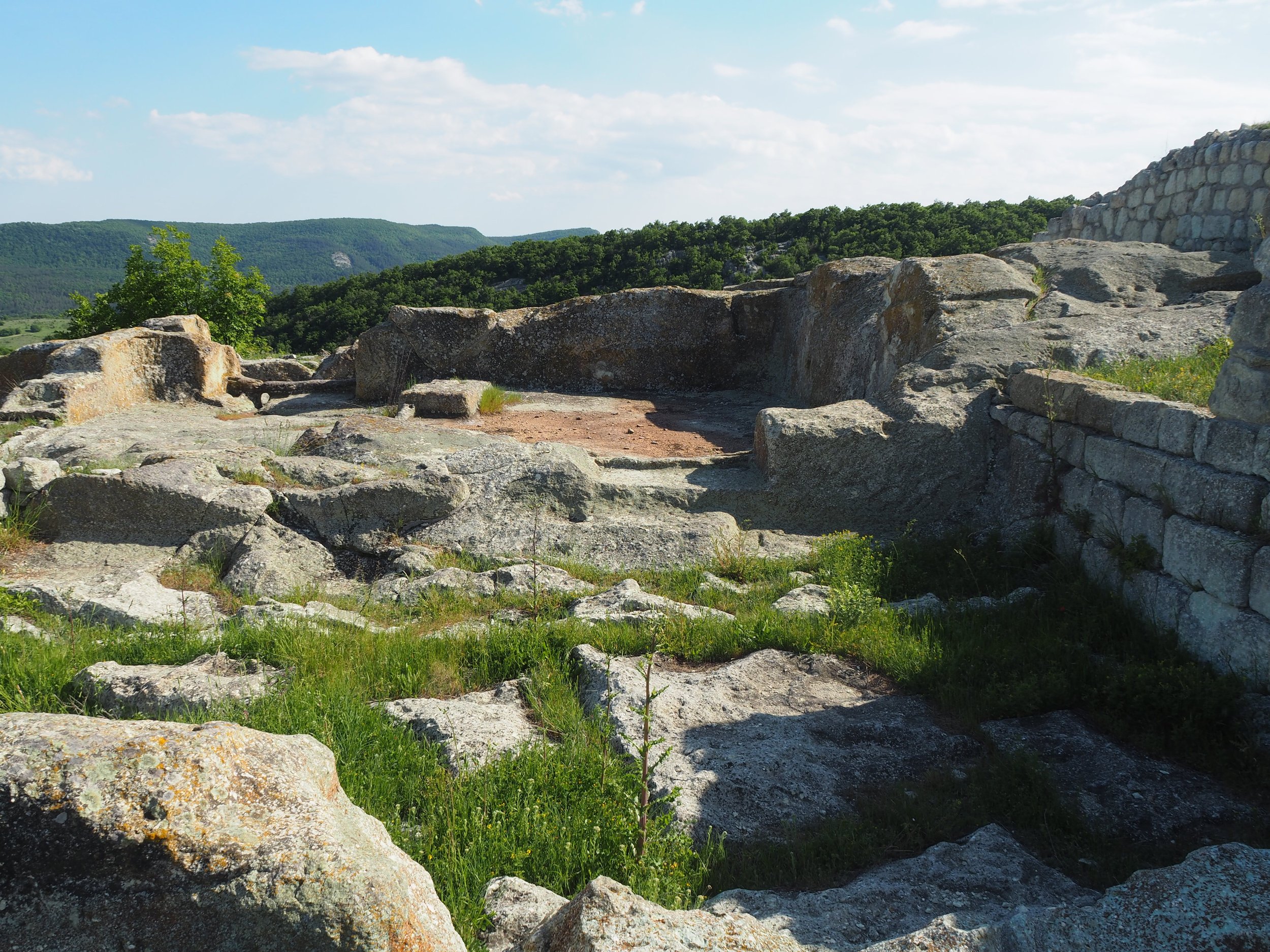























Bachkovo Monastery
This monastery dates back almost 1000 years. It’s really lovely. It’s a quick drive from Plovdiv and is absolutely worth visiting. If you are driving up, don’t park in the lower lot near all the shops. Instead, drive up the road to the monastery to park for free right in front of the building. But it’s a lovely example of a monastery from that time period and later. It has a beautiful church and a lovely courtyard. Quick worth the visit.



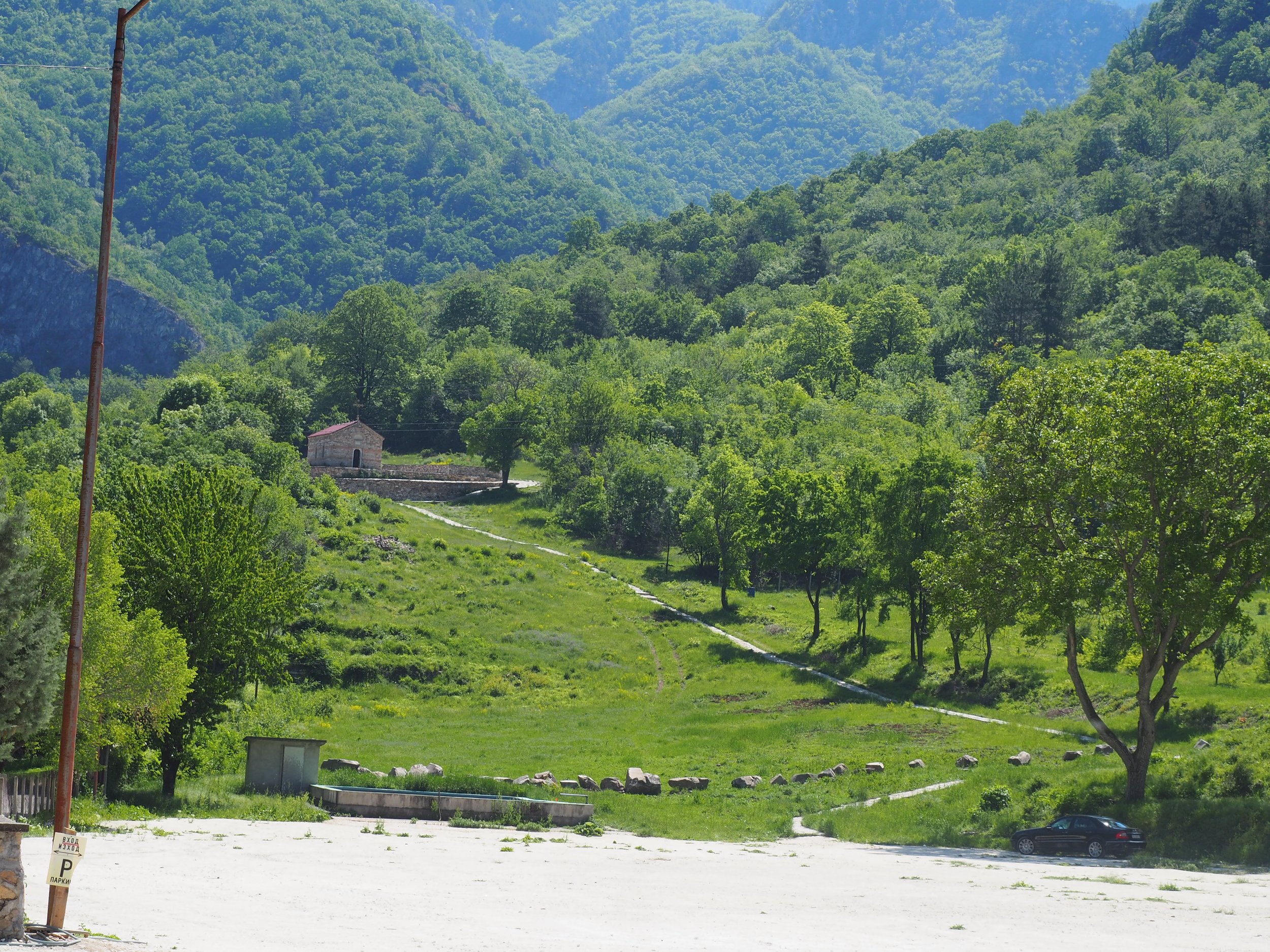




Rila Monastery
This Monastery isn’t as old as Bachkovo, but the oldest parts of the monastery are 700 years old. It’s situated up in a park among the mountains and it’s really a beautiful drive up there. It’s considered one of the most impressive monasteries in Bulgaria. It really is quite stunning. The church is ornate with beautiful icons and lots and lots of gold leaf. It’s clearly a location that still inspires devotion from the faithful, and is a perfect example of Bulgarian orthodox architecture and traditions.


